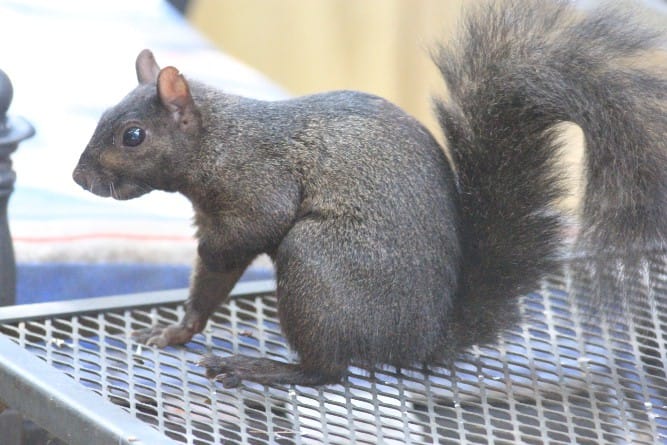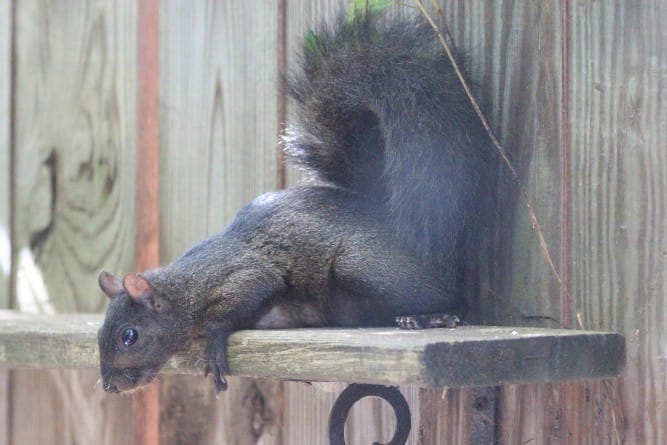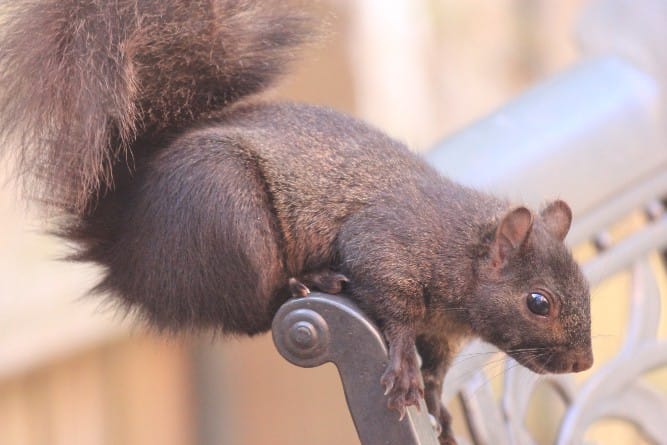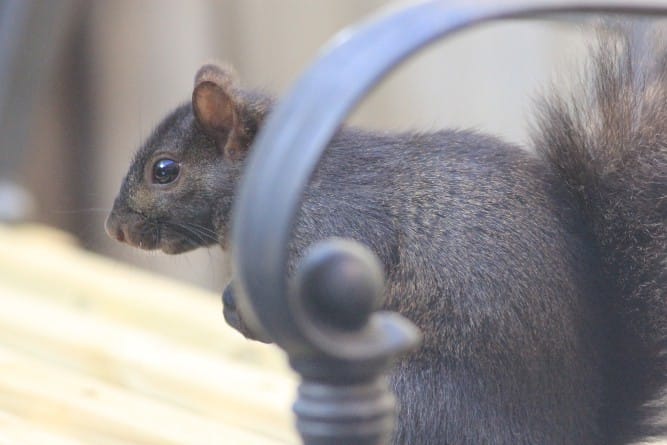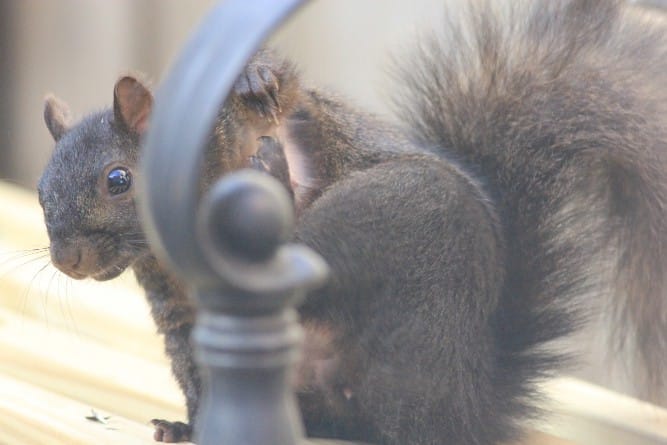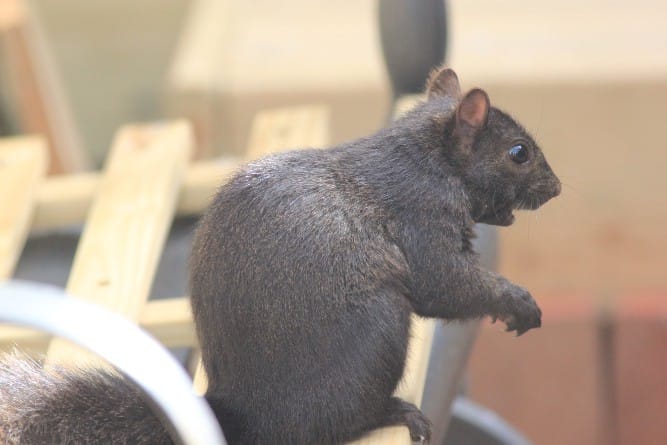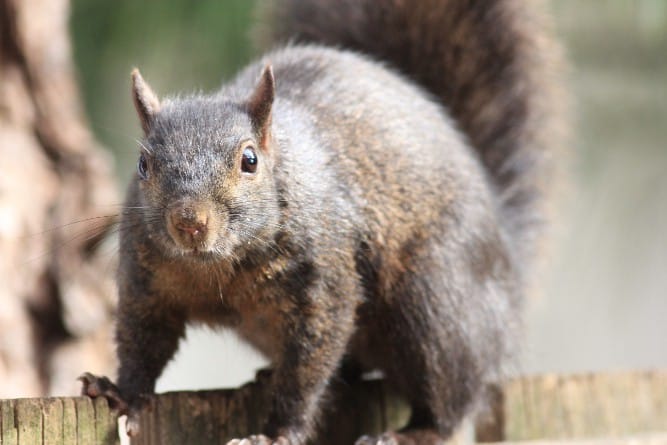Birds of Fleet Street
A Bird Sanctuary in the Heart of Historic Annapolis
by Richard Kuehnel
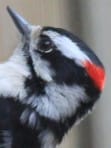 The Colonial Annapolis Historic District on Maryland's Severn River is home to an unusually wide variety of birds, especially along Fleet Street, where closely packed 18th and 19th century houses border a bicentennial roadway designed to allow only a single horse carriage to pass at a time. Just as when they were built, these homes have no front yards and their back yards are not much larger. They form a tightly knit labyrinth of walls, fences, mature trees, and manicured shrubbery that offer birds an abundance of shelter and escape.
The Colonial Annapolis Historic District on Maryland's Severn River is home to an unusually wide variety of birds, especially along Fleet Street, where closely packed 18th and 19th century houses border a bicentennial roadway designed to allow only a single horse carriage to pass at a time. Just as when they were built, these homes have no front yards and their back yards are not much larger. They form a tightly knit labyrinth of walls, fences, mature trees, and manicured shrubbery that offer birds an abundance of shelter and escape.
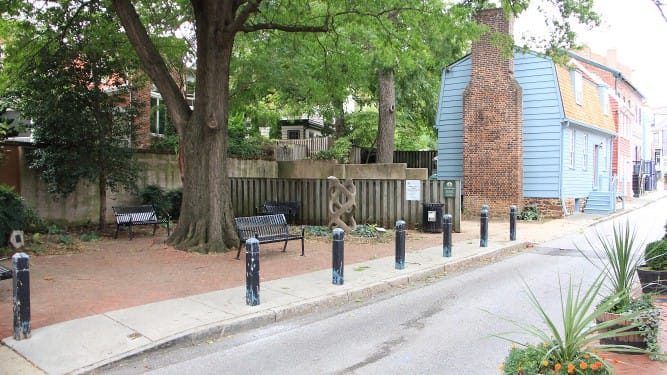
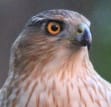 In the center of the neighborhood is Fleet Street Park, where a human can rest on a shady bench and see birds enjoying a carefree lifestyle insulated from the usual wildlife angst. Cooper's hawks are obviously aware of the target-rich environment. They pass through occasionally, but usually come up short — there are too many obstacles and hiding places in these historically tiny back yards. House sparrows and other urban dwellers often wander over from City Dock and Main Street, but cardinals, finches, titmice, chickadees, doves, woodpeckers, and robins make this neighborhood their home. All of the bird photographs on this page (18 species so far) were taken in backyards between Fleet Street and Cornhill Street.
In the center of the neighborhood is Fleet Street Park, where a human can rest on a shady bench and see birds enjoying a carefree lifestyle insulated from the usual wildlife angst. Cooper's hawks are obviously aware of the target-rich environment. They pass through occasionally, but usually come up short — there are too many obstacles and hiding places in these historically tiny back yards. House sparrows and other urban dwellers often wander over from City Dock and Main Street, but cardinals, finches, titmice, chickadees, doves, woodpeckers, and robins make this neighborhood their home. All of the bird photographs on this page (18 species so far) were taken in backyards between Fleet Street and Cornhill Street.
Blue Jays
Blue jays love to socialize. As a jay approaches, it rallies others to the scene with several distinctive shrieks that get louder as it gets closer. You don't have to look for a blue jay on Fleet Street — just listen for the enthusiastic proclamations of its pending arrival. This carousel of photographs shows a few of the neighborhood's frequent visitors.
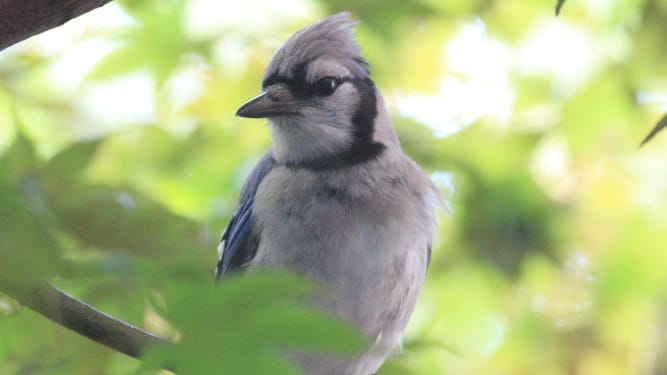
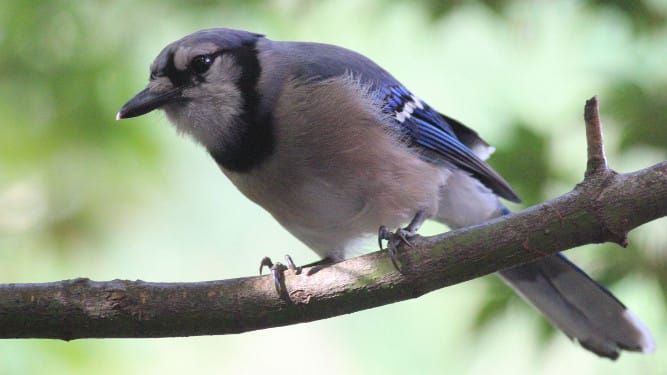
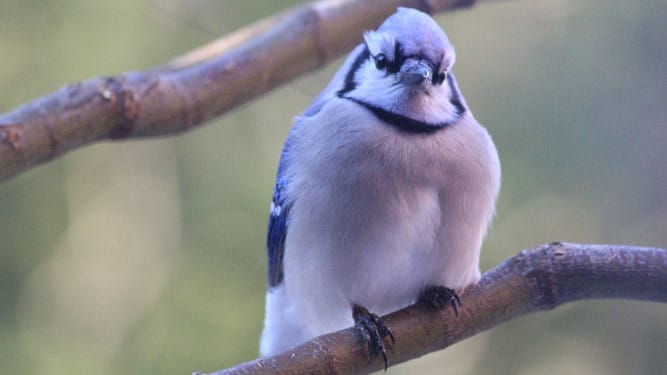
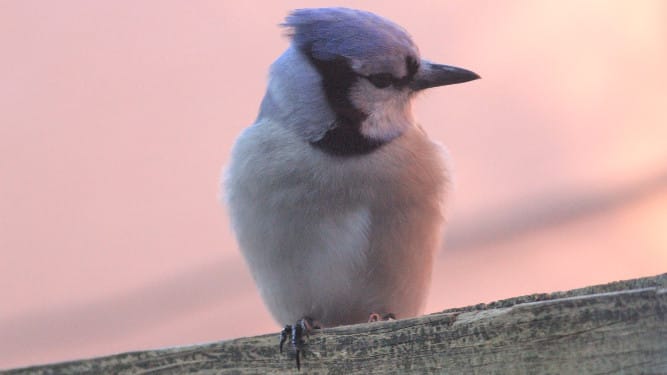
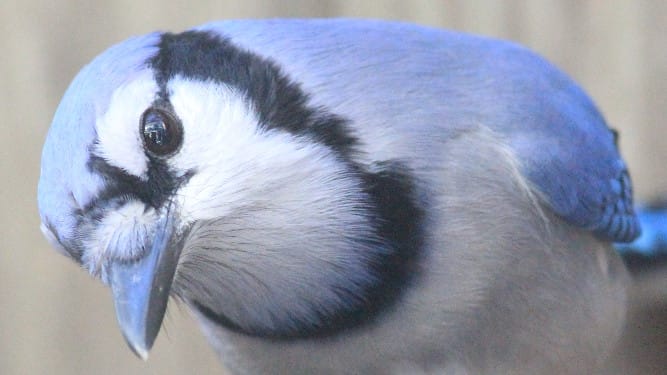
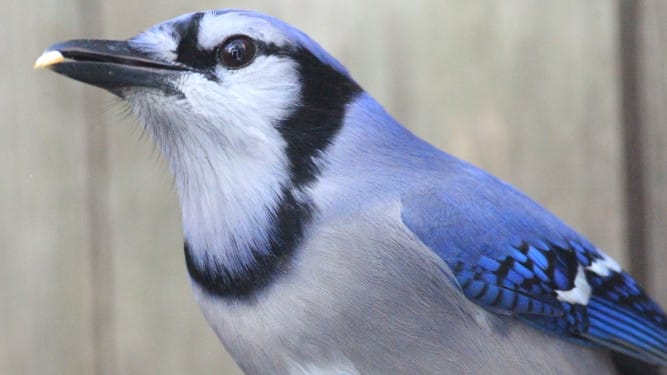
American Robins
Robin nests are rebuilt year after year in the same carefully selected locations. Who knows — maybe those rambunctious little chicks are living in a nesting spot that is as old as the 18th century colonial that supports it.
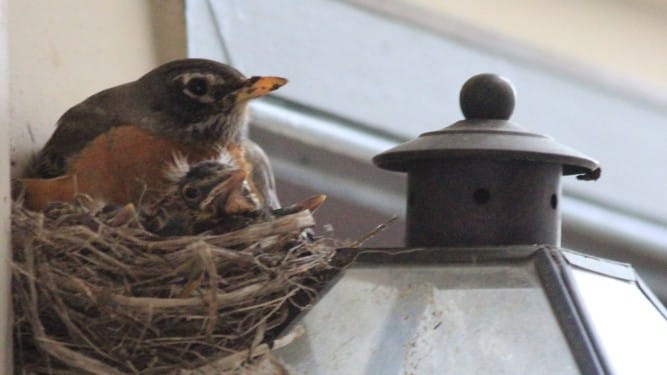
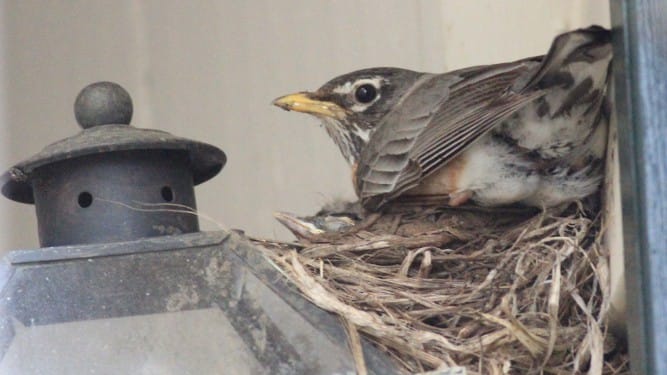
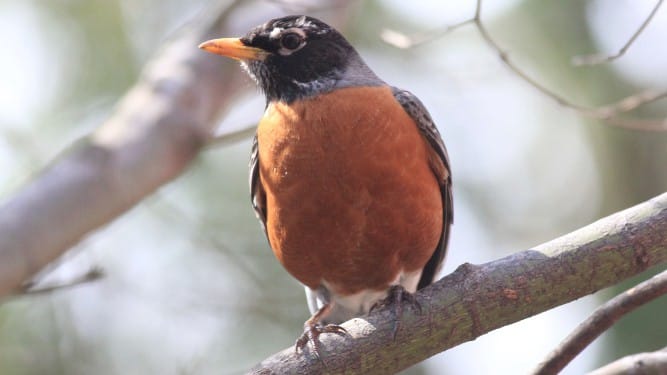
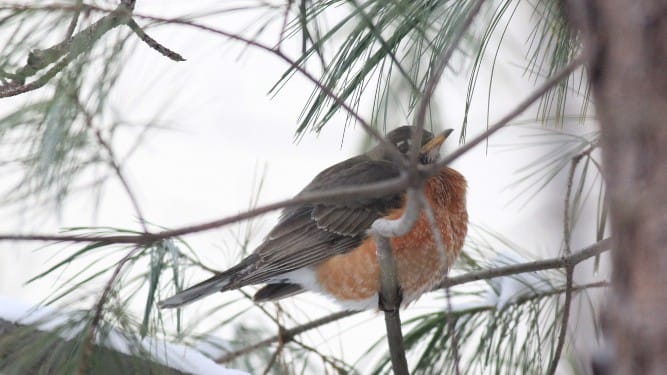
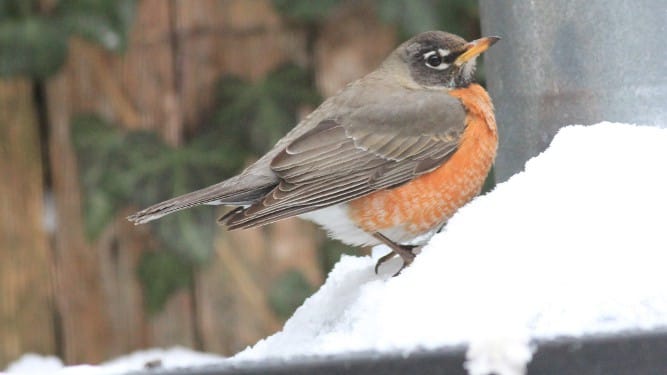
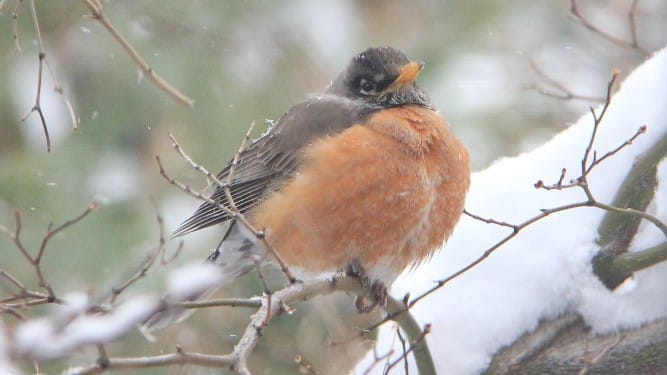
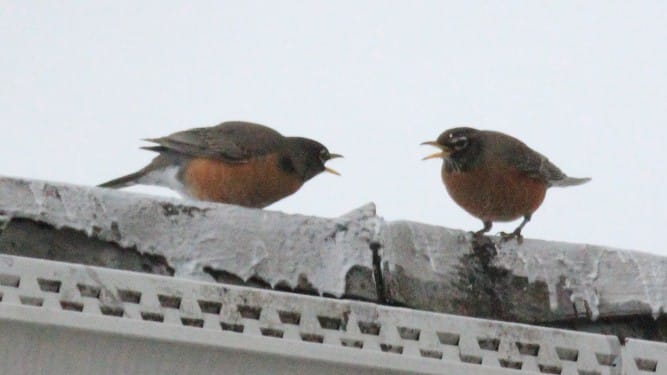
Carolina Chickadees
Chickadees forage just like titmice — anything edible is taken "to go" and then eaten in a favorite perch. As the final photographs of this series show, a chickadee has a well-scripted culinary ritual — it typically grasps a seed between its feet while simultaneously maintaining a grip on a branch. Then it uses its sharp beak to crack open the seed to extract the tasty kernel within. Perhaps these maneuvers are not as complex as cracking lobster claws on West Street, but try eating lobster with just your feet!
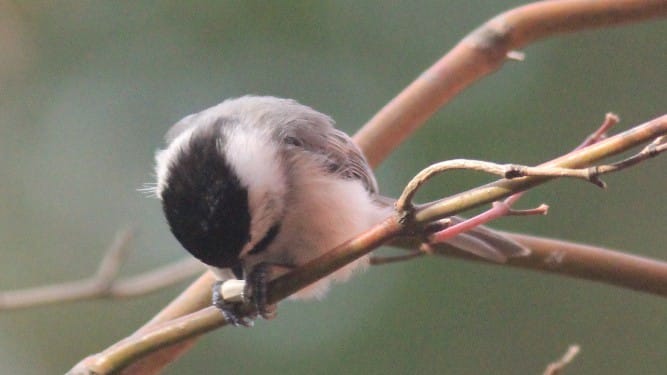
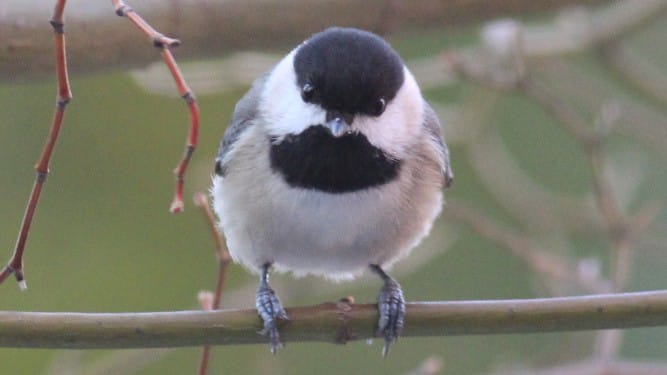
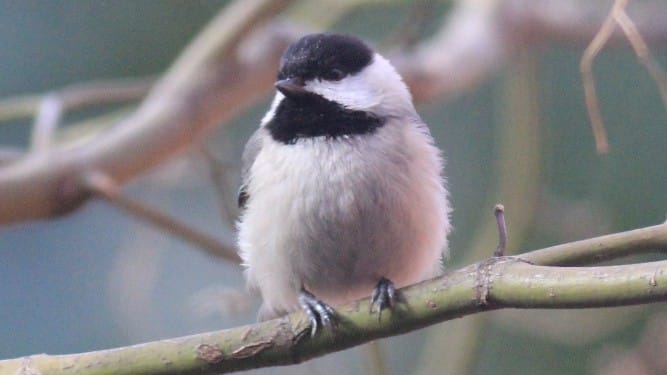
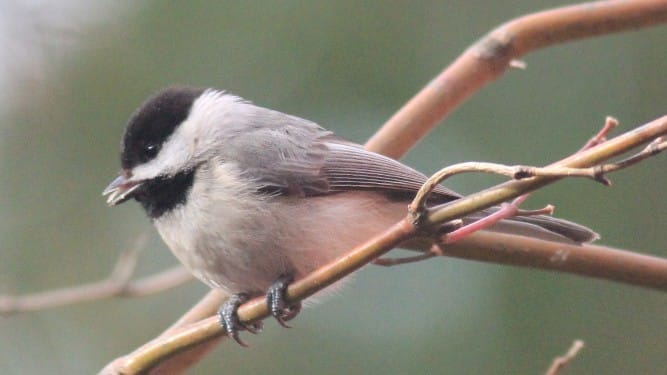
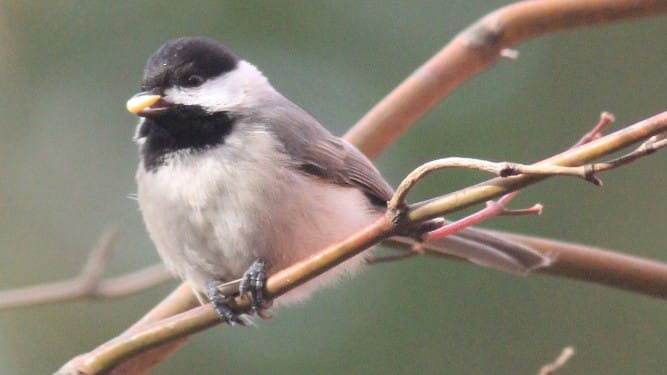
Carolina Wrens
Carolina wrens know the topology of the neighborhood better than anyone in town — they investigate every nook and cranny of every back yard. The one-inch space between a wooden post and the fence it supports, the underside of every ledge — everything is subject to intense exploration and twice-daily inspections. What are they looking for? Do they ever find it?
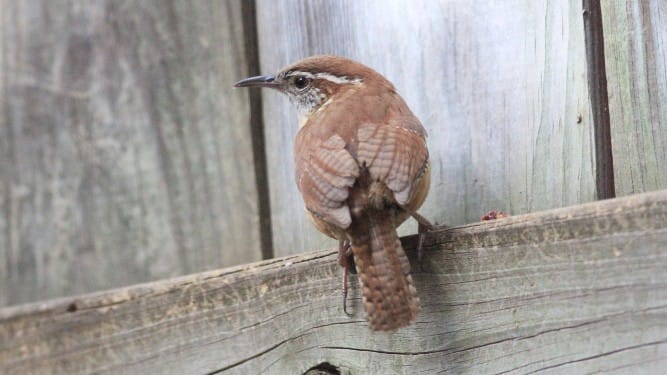
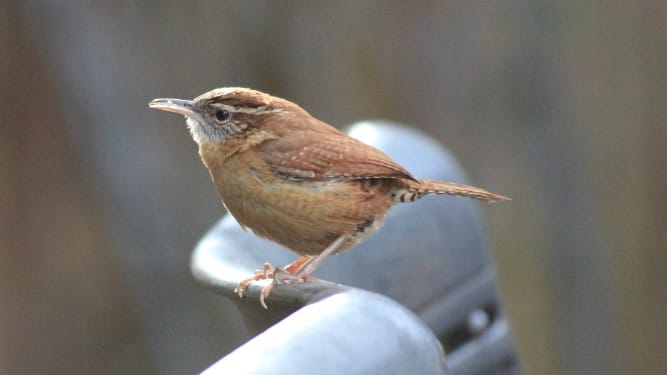
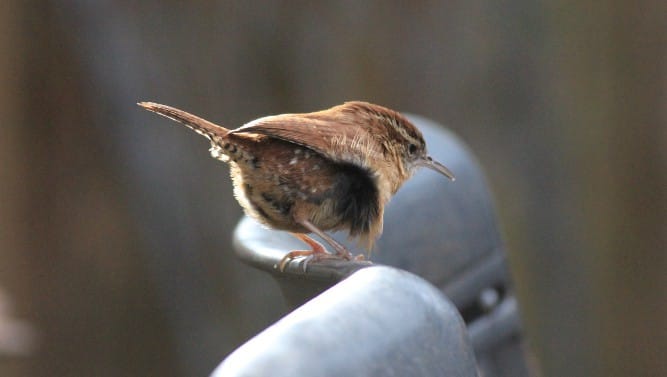
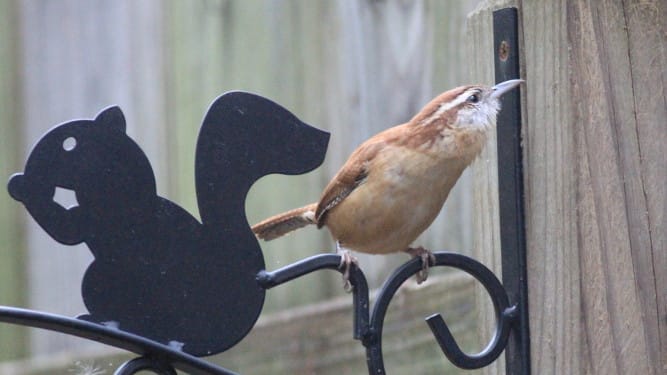
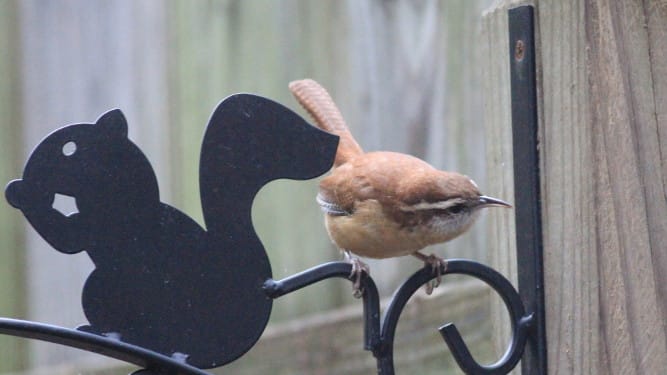
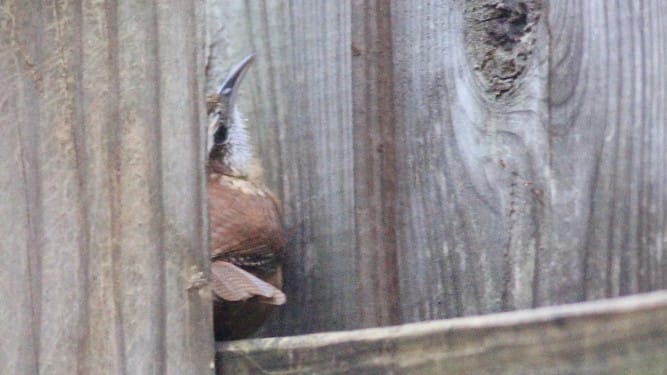
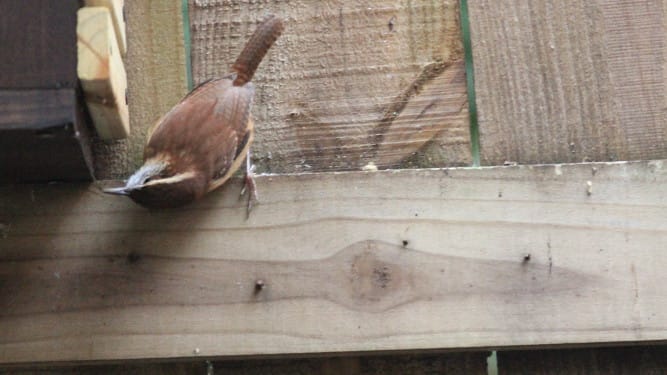
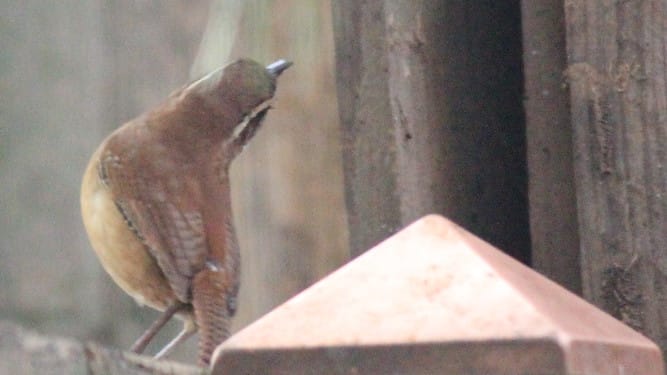
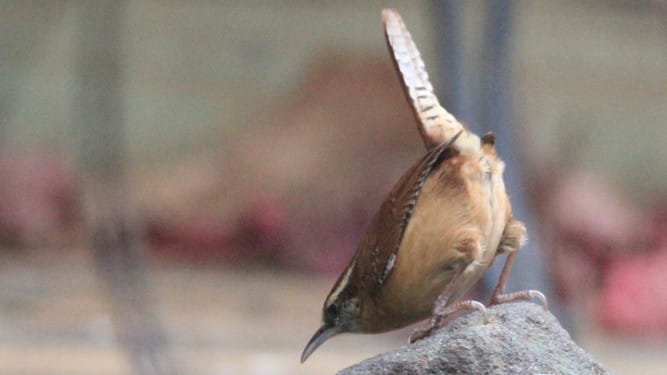
Common Grackles
Grackles have an intensity and demeanor that give them a truly sinister persona — they are anything but cute. They appear rarely on Fleet Street, but always as a large, rowdy flock that drives the locals away for a while. Sort of like the Power Boat Show every October.
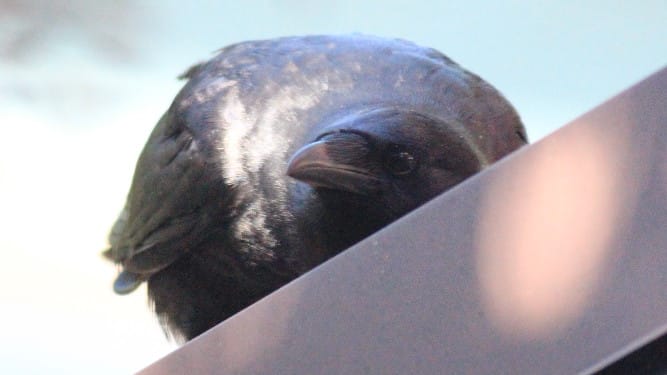
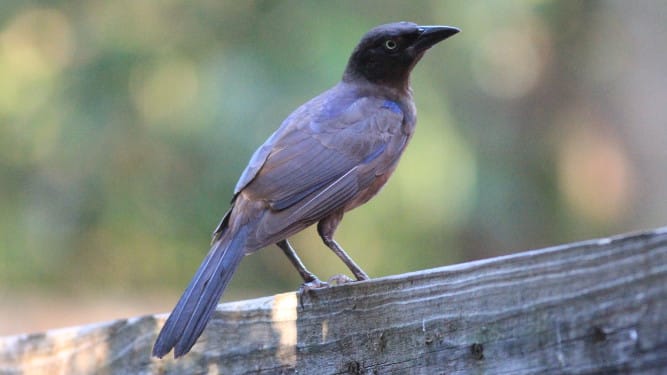
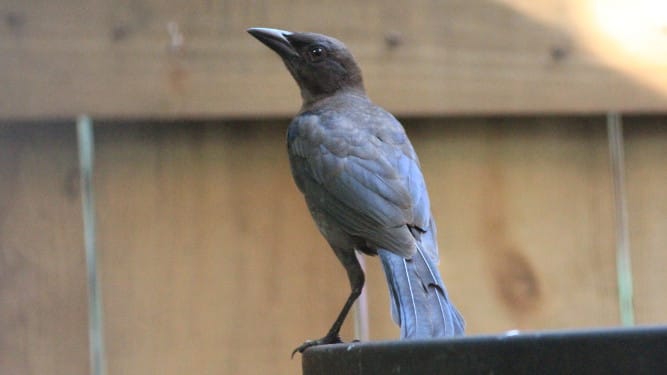
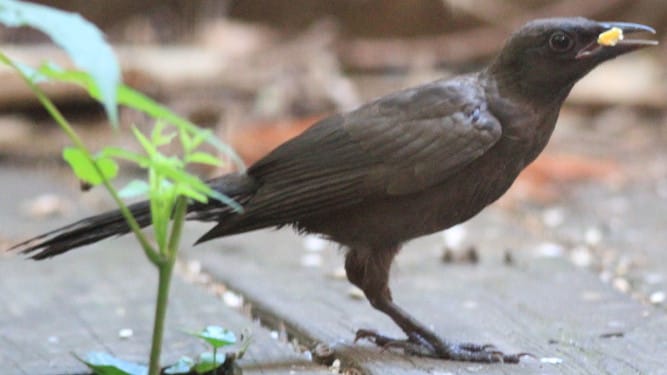
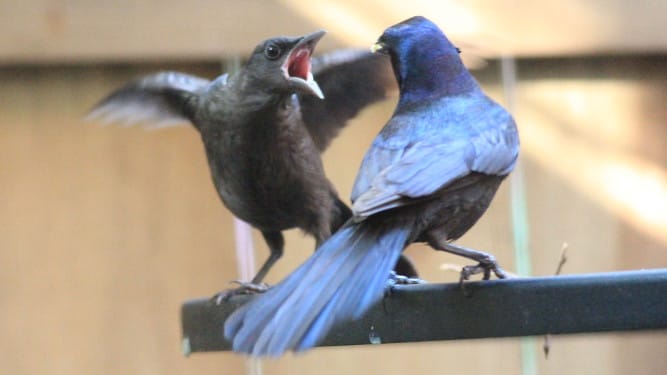
Cooper's Hawks
A Cooper's hawk passes through every so often, especially in winter, but raptors find it difficult to navigate the obstacles of tiny back yards — there is no room for the tactics of a high-speed, swooping glide path. On rare occasions, however, a mourning dove will get overly complacent with the tranquility of its environs, and only a heap of feathers on a brick patio will lay witness to its demise. On Fleet Street, a hawk's main hunting tactic is to wait in ambush for an unsuspecting victim, but another approach is to fearlessly dive into a thick bush to seize a bird hiding within. As these photographs demonstrate, a Cooper's hawk has complete azimuth and elevation control - It can keep its body stationary and move its head in any direction to lock onto potential targets.
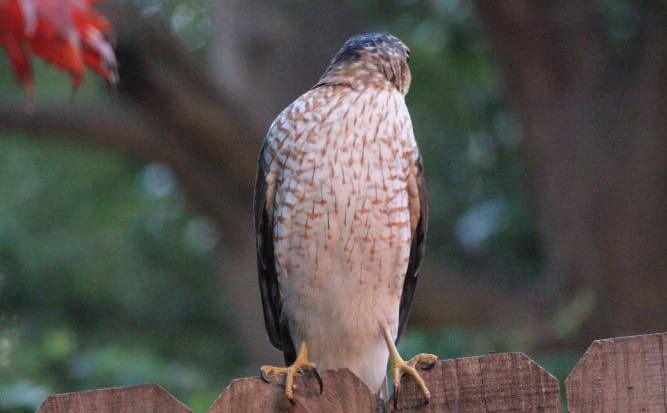
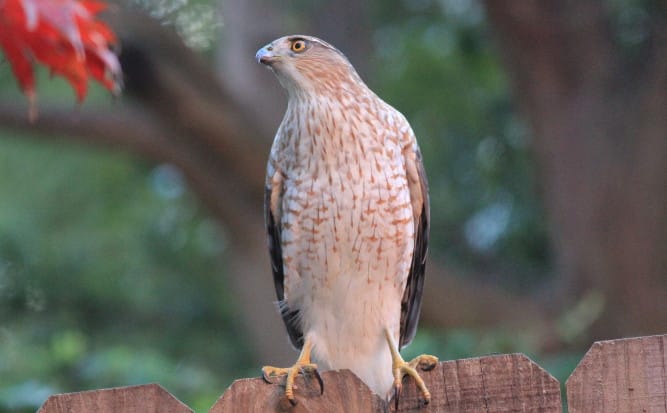
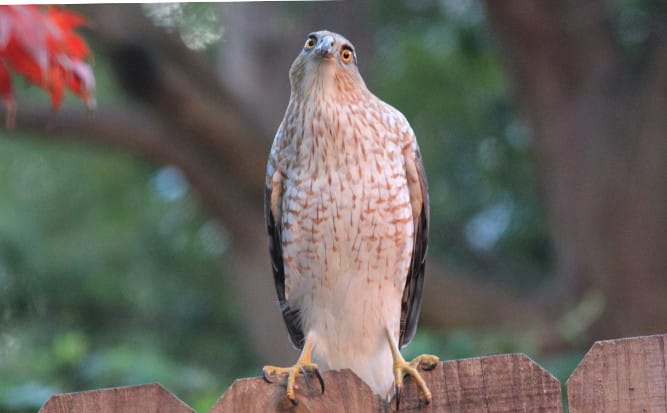
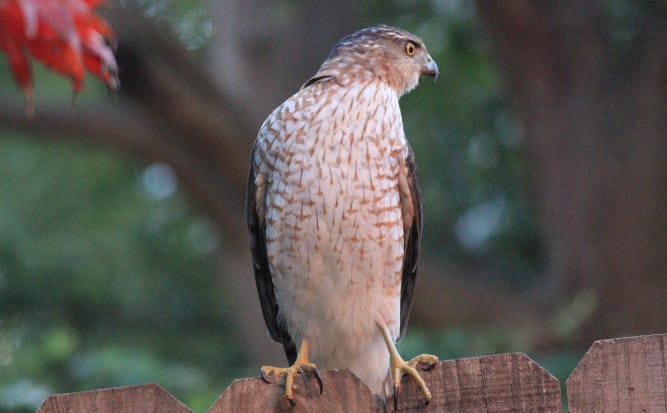
Dark-Eyed Juncos
The peak tourist season for Annapolis runs from spring to fall. Dark-eyed juncos, on the other hand, fly in from Canada just in time for the first snowfall south of the Mason-Dixon line. They feel right at home amidst school closures and federal employee snow days. When spring finally arrives, it's time to stretch out the feathers and fly back to Hudson's Bay for the summer breeding season.
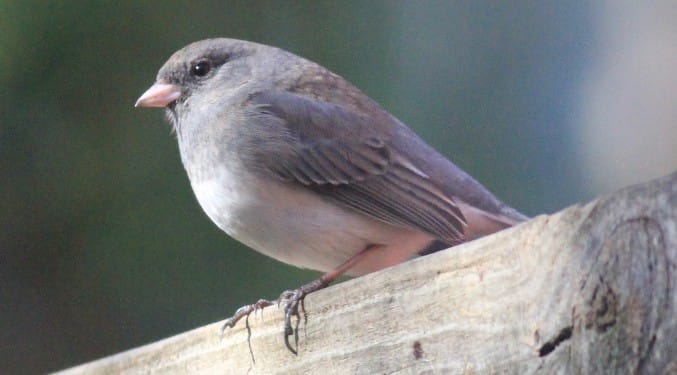
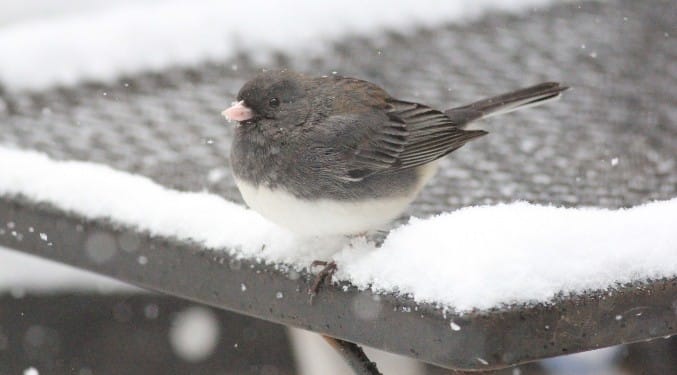
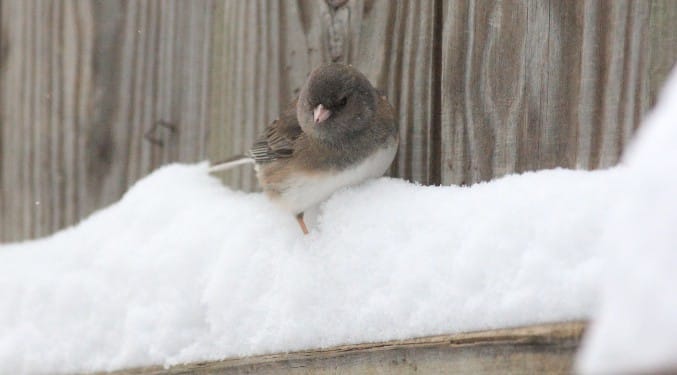
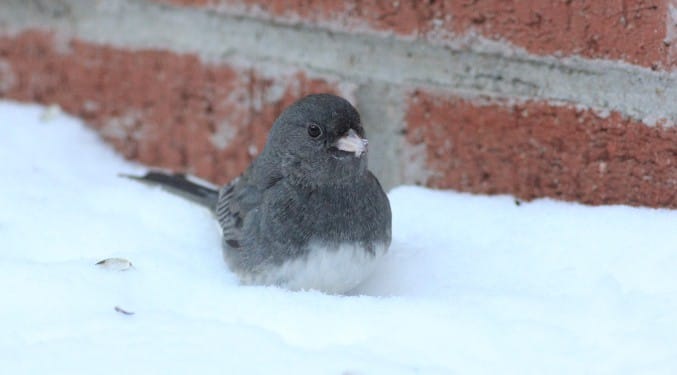
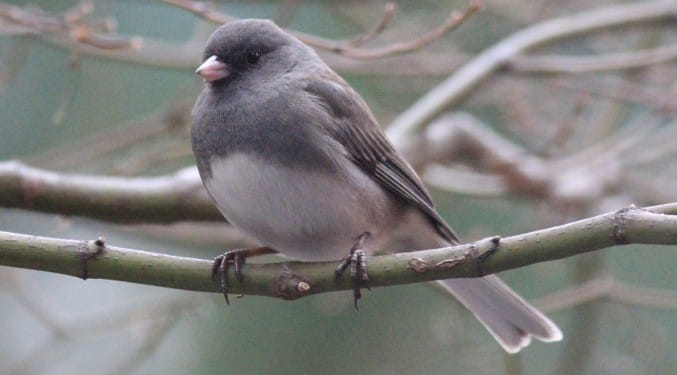
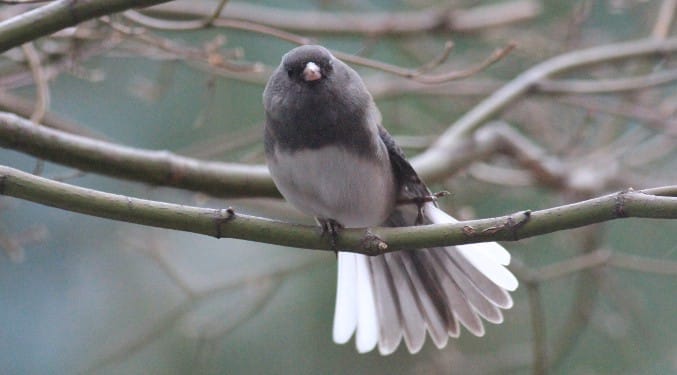
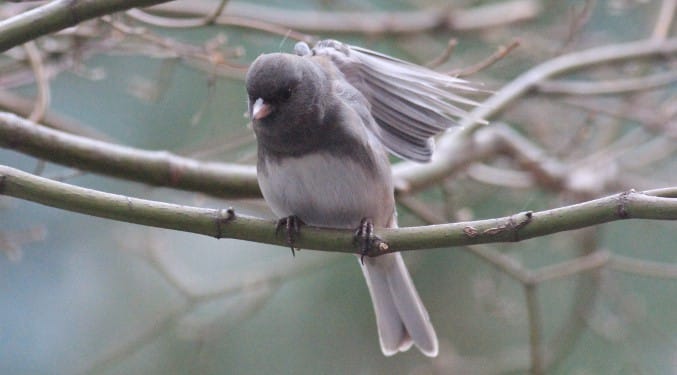
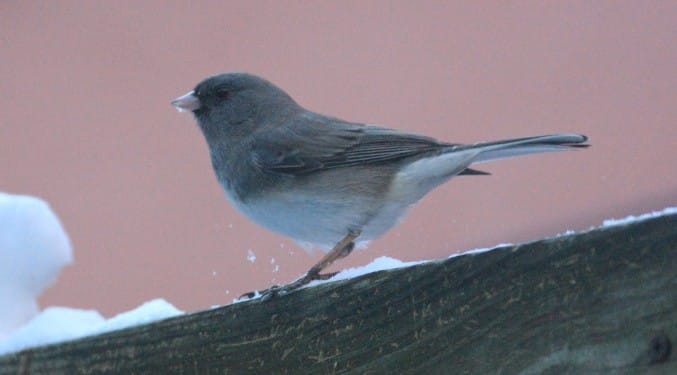
Downy Woodpeckers
Downy woodpeckers have strong gripping power and great dexterity, enabling them to perch in any position. A smooth vertical surface poses no problem, as some of these photographs depict. It can be argued that squirrels can do even better, but they have twice the number of limbs! Males have a distinctive red patch on the back of their heads.
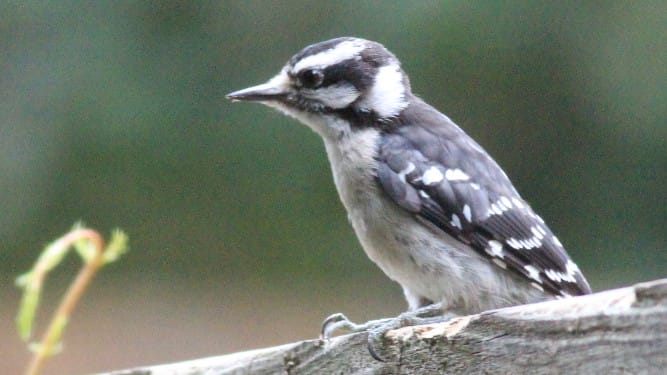
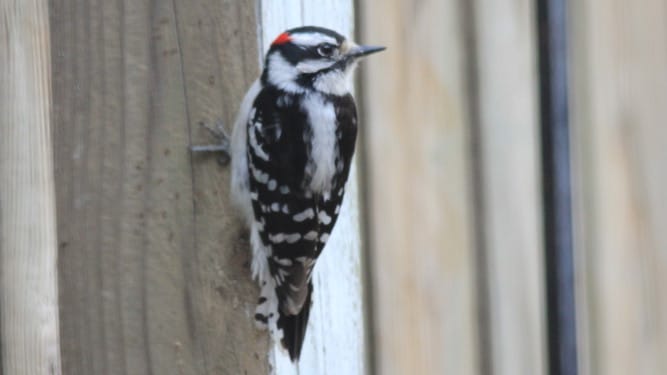
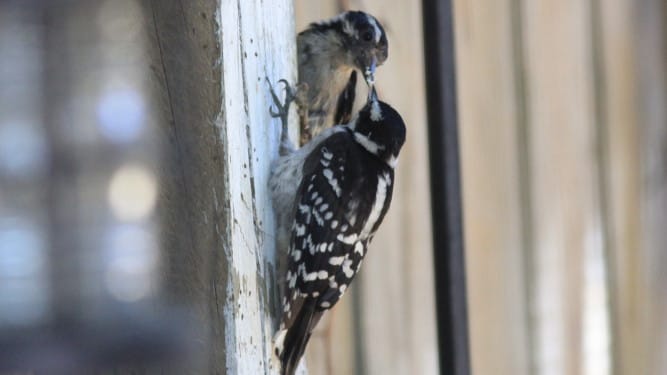
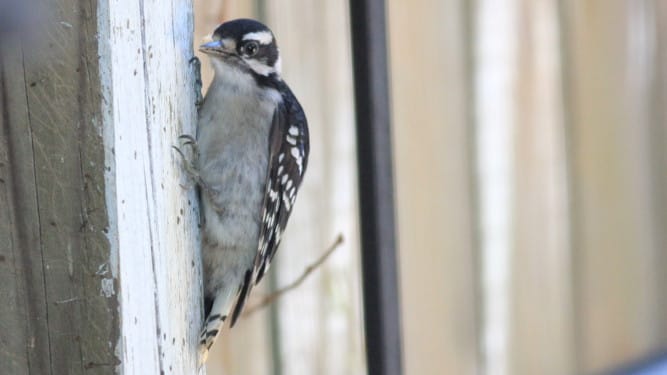
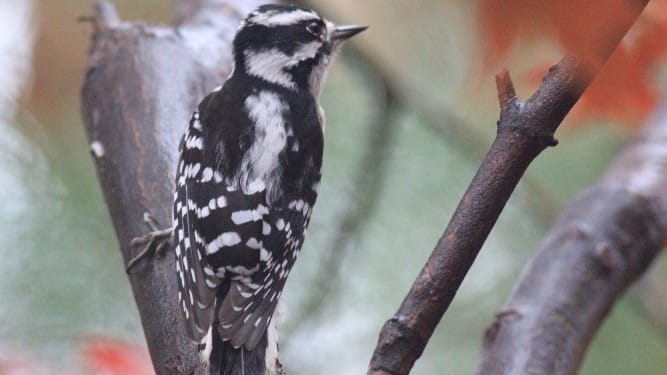
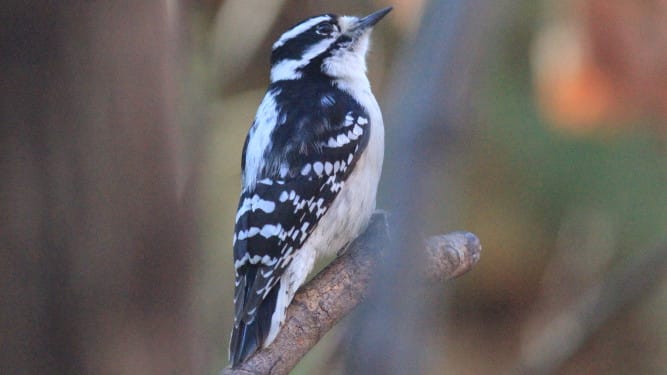
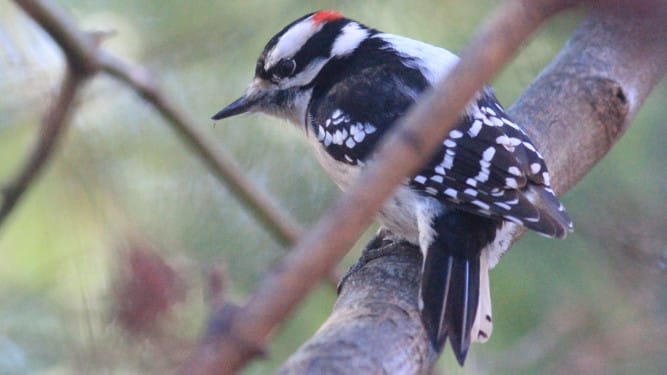
European Starlings
European starlings were brought to New York City's Central Park in the 1890s by citizens wanting to see all of the birds of Shakespearean literature take roost in North America. That makes these birds relative newcomers to the neighborhood. Young starlings are plain, dull gray. The adults grow white-tipped feathers for the winter, making them look spotted. By spring the white wears off, giving them an iridescent shine — quite a variety of looks for single species of bird!
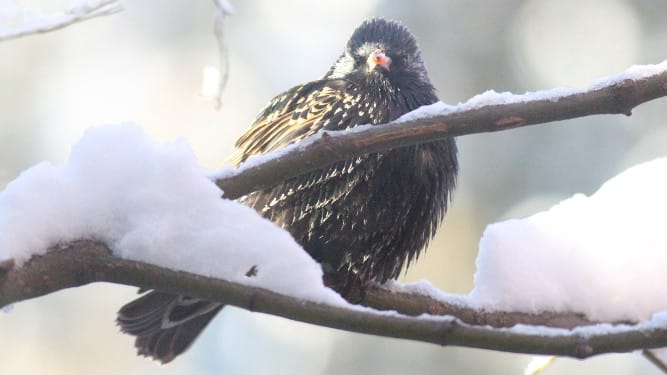
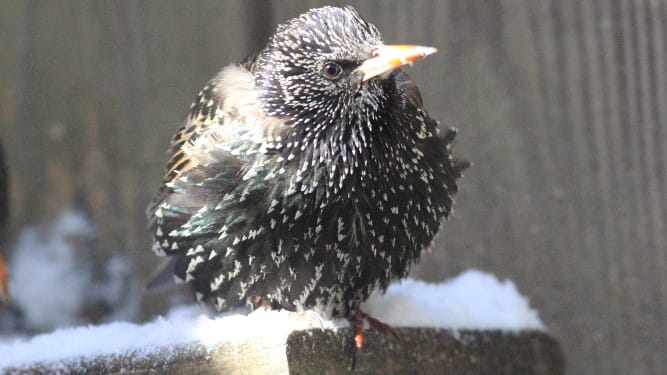
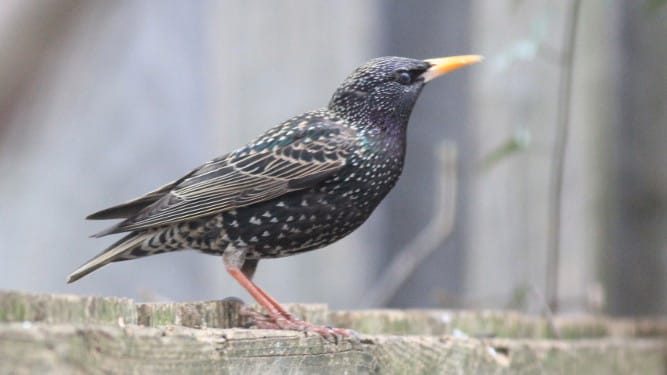
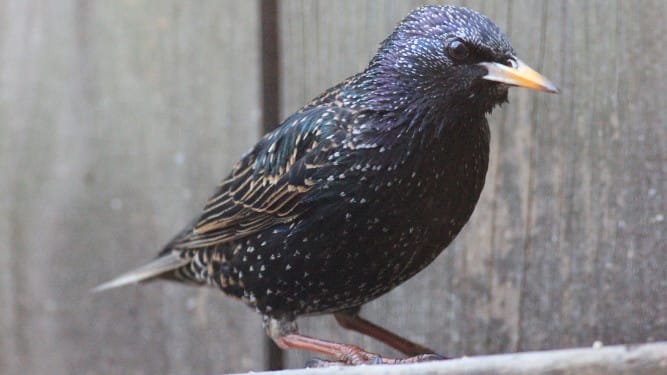
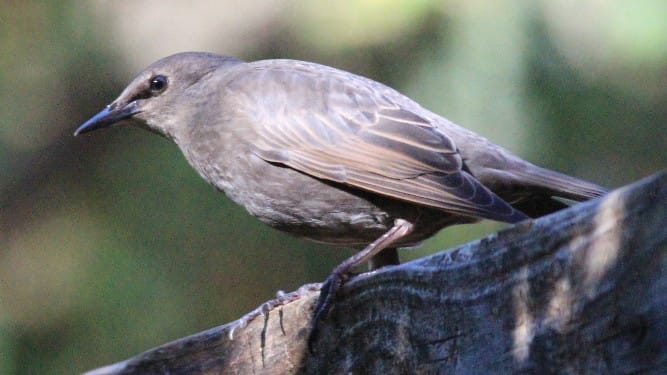
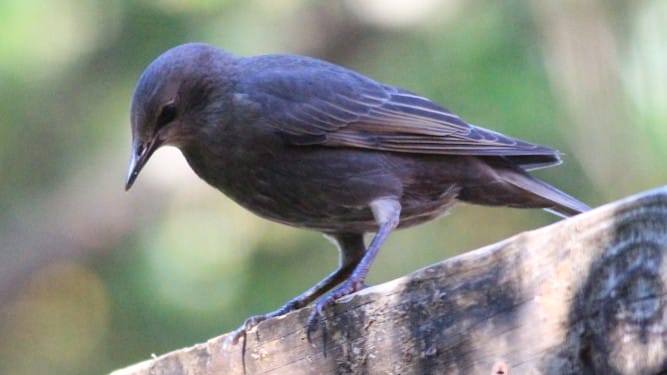
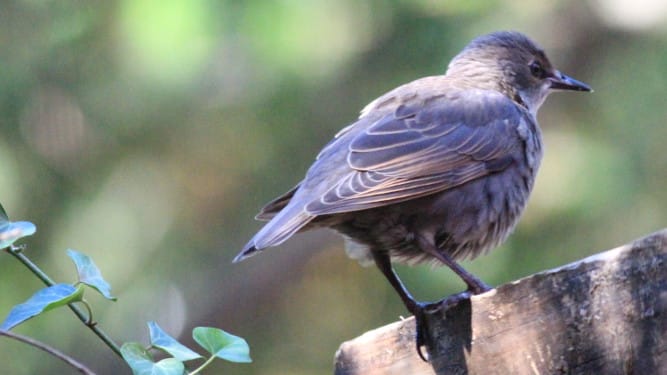
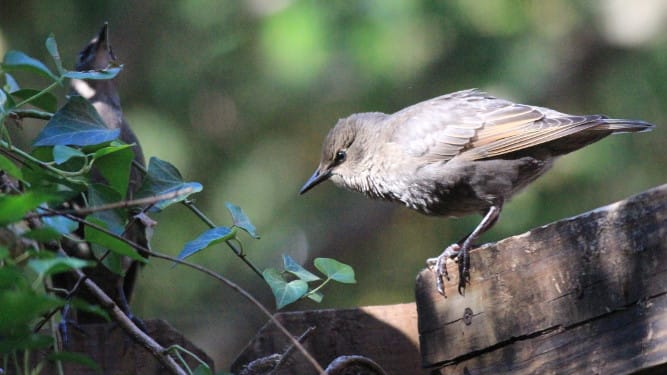
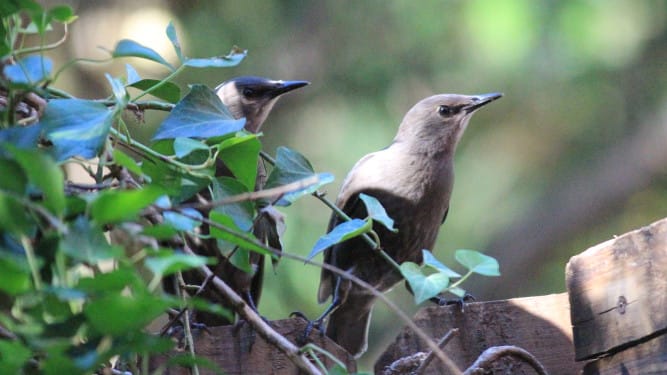
Gray Catbirds
Gray catbirds are related to mockingbirds — when a male catbird finds just the right perch, he will sing like he's auditioning for Don Giovanni.
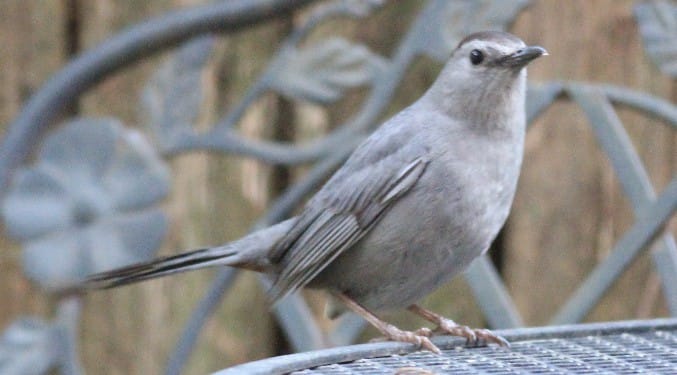
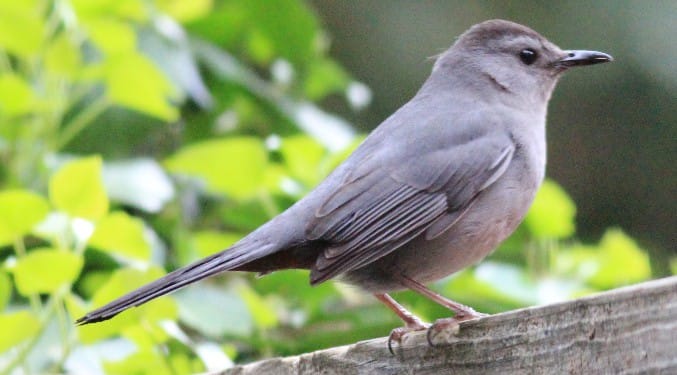
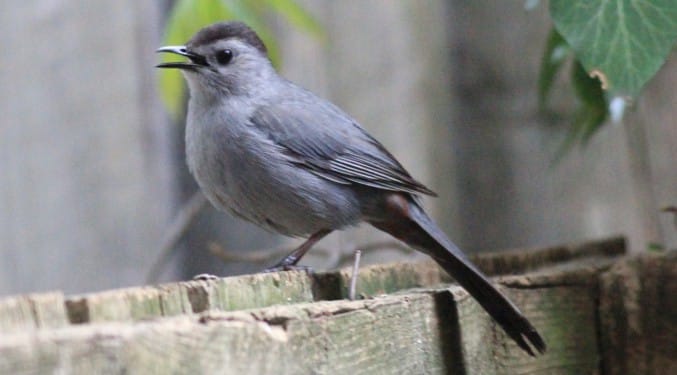
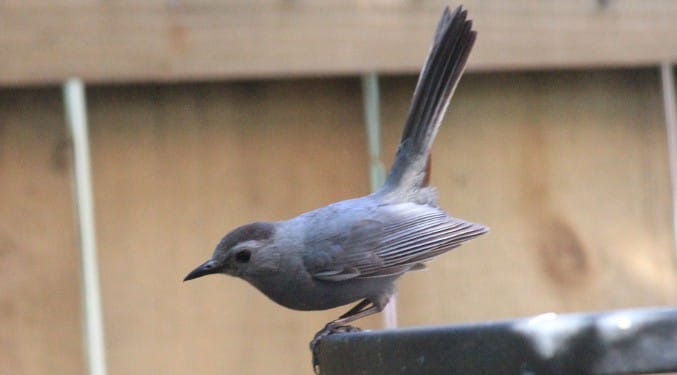
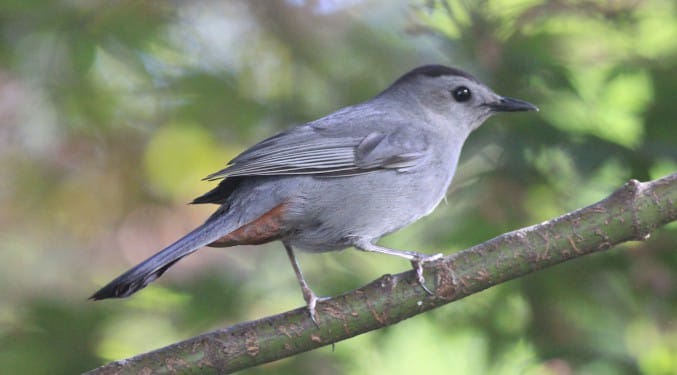
Hermit Thrushes
Identification of these birds is difficult, because they closely resemble other species. Wood thrushes and veeries are known to frequent Maryland, but based on descriptions by the Cornell Lab of Ornithology, these birds look like hermit thrushes.
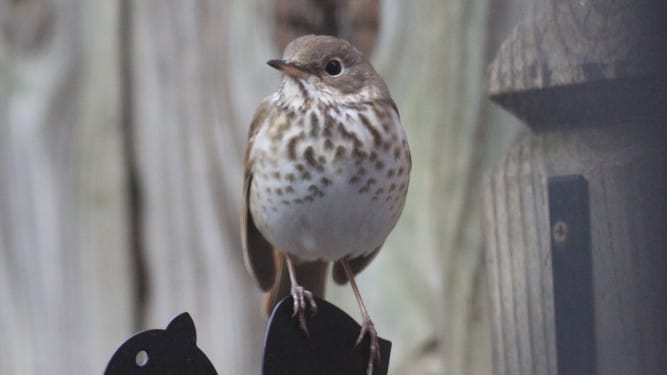
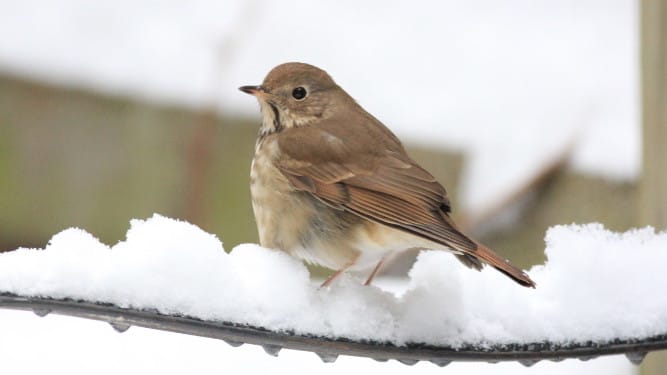
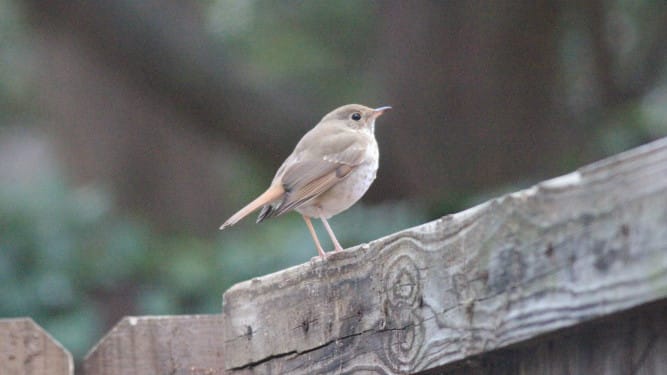
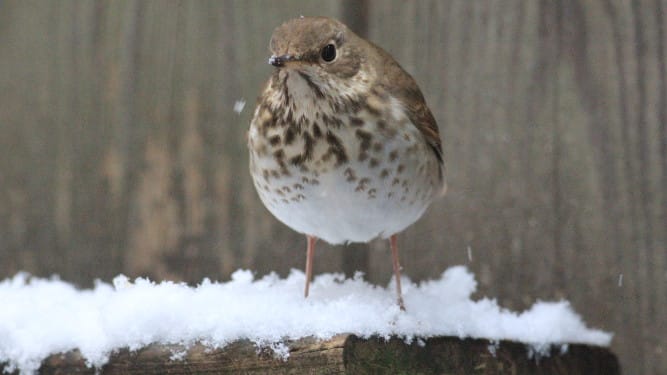
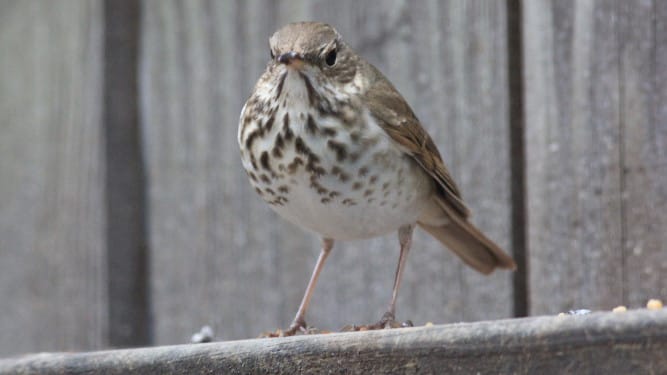
House Finches
House finches travel in a large flock. They hang around together for a few minutes and then move on to another spot. Occasionally, however, a pair of birds will stay behind to get some respite from the frantic pace. After all, the flock will fly through the neighborhood again in just a couple of hours. My wife and I like to employ this tactic at Chicago O'Hare.
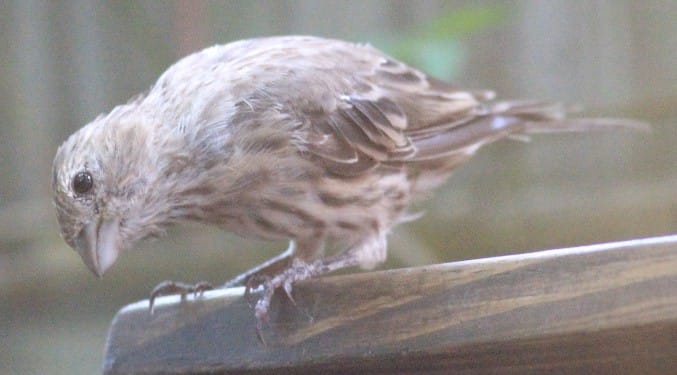
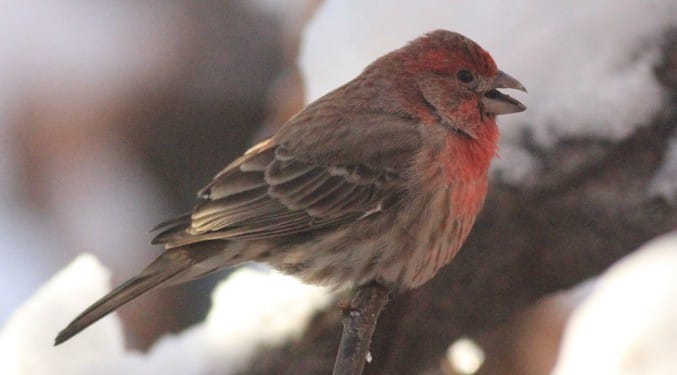
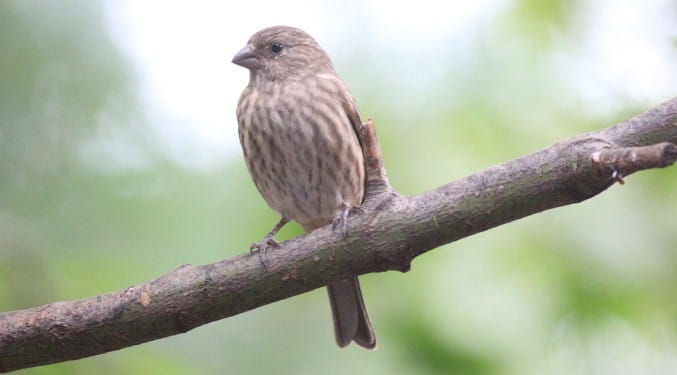
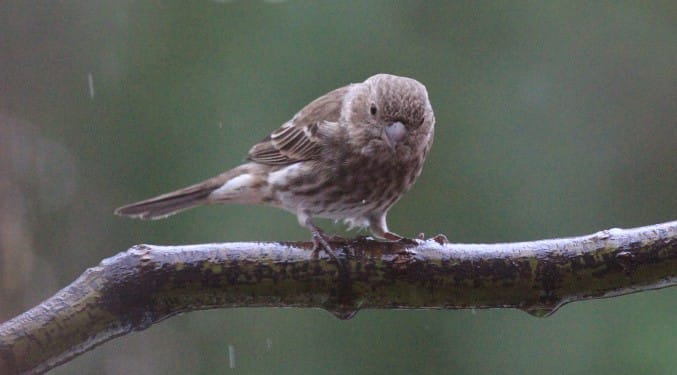
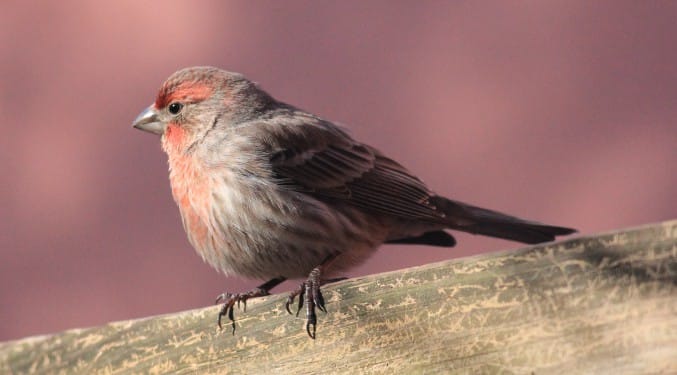
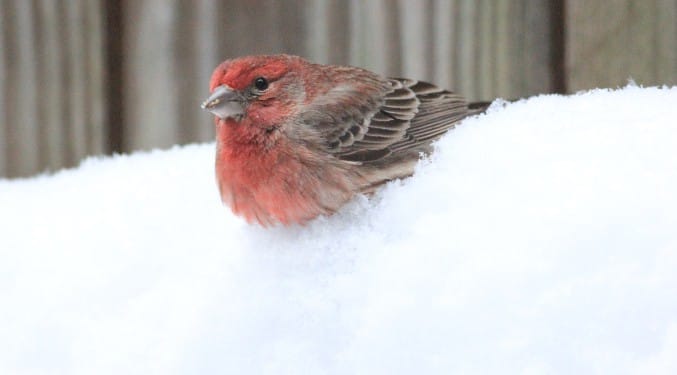
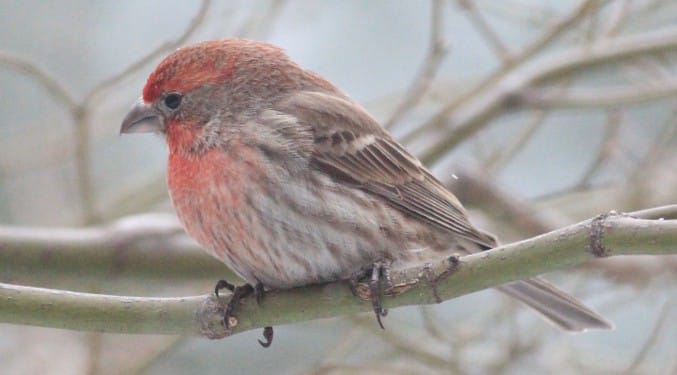
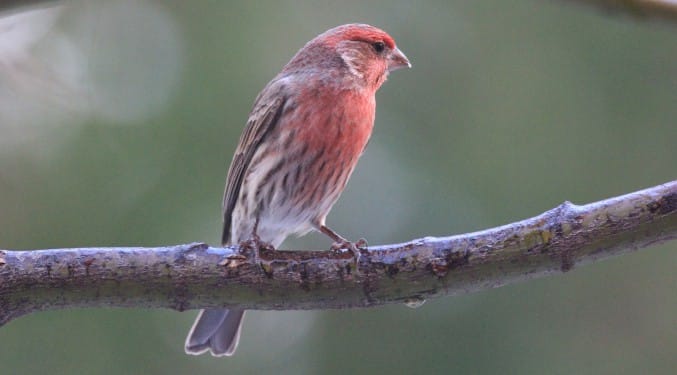
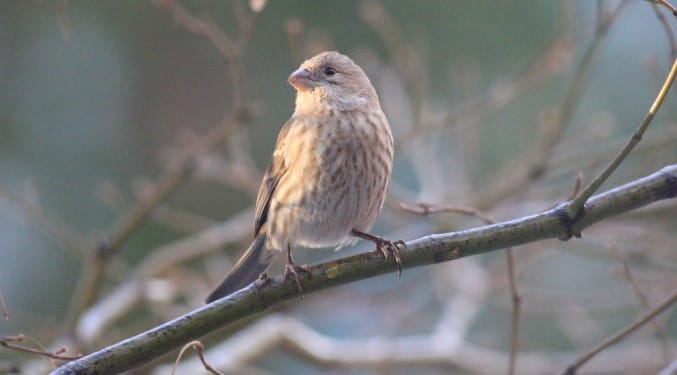
House Sparrows
House sparrows love the pulsating vibe of a thriving, urban environment, like the tourists dining on along Market Space and the rogue french fry that escapes from a fork. They often wander over to Fleet for a few hours, perhaps to enjoy the serenity and the organic cuisine. To really relax, they like to take dust baths on the north side of nearby East Street. If you disturb them there, they'll give you a look that says, "what, there's no room on the opposite sidewalk?"
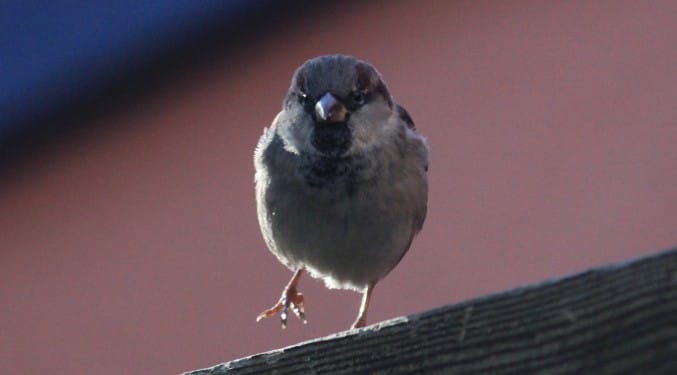
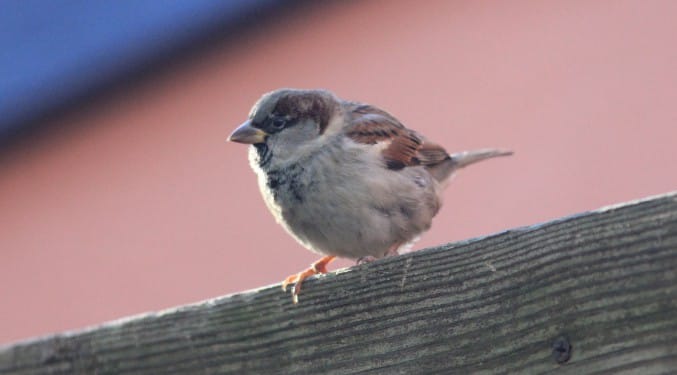
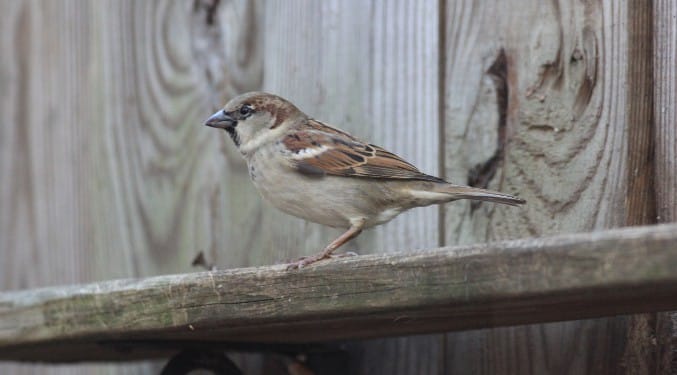
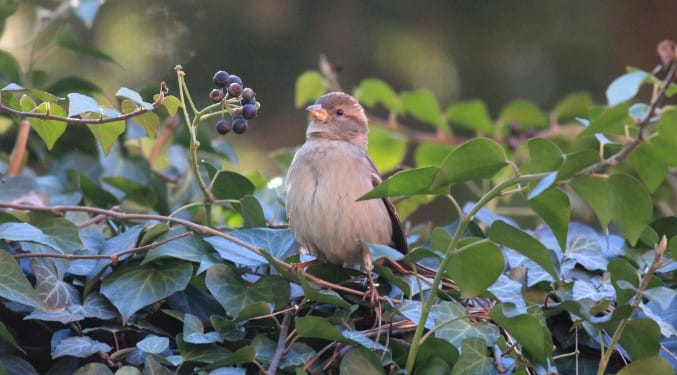
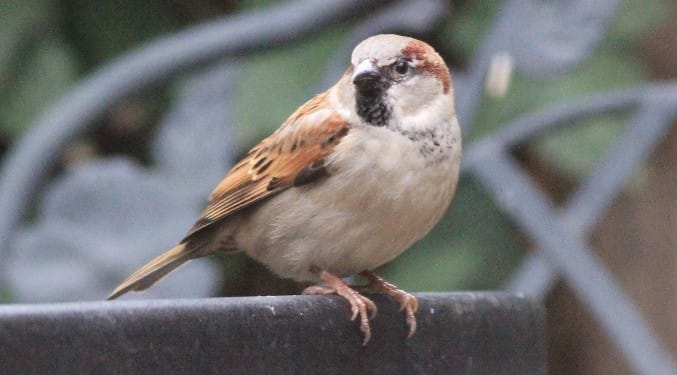
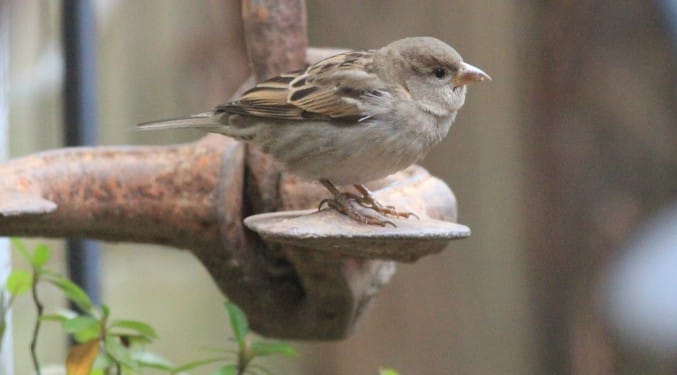
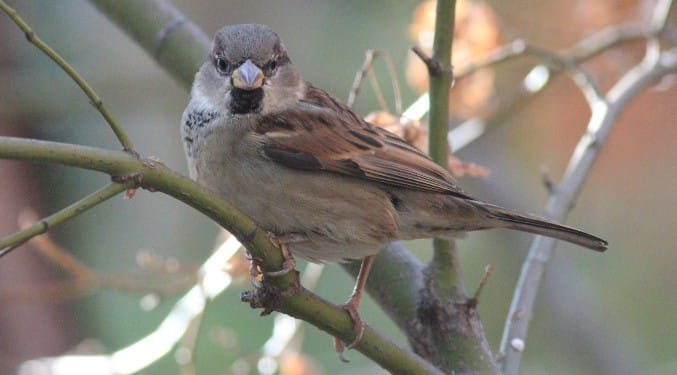
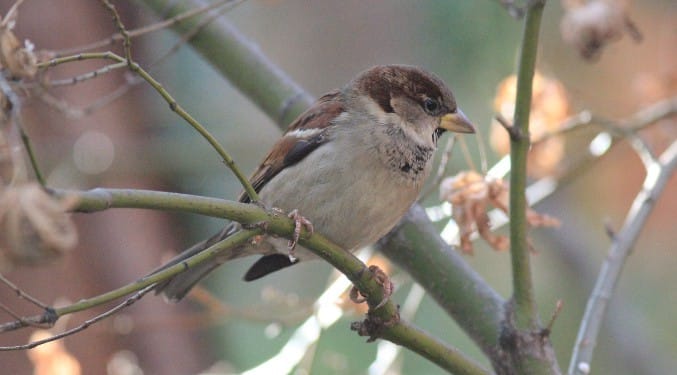
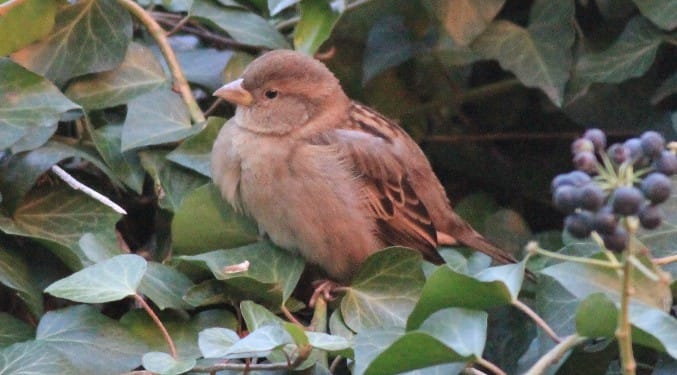
Mourning Doves
Do mourning doves always lounge around in a puffed-out basketball configuration, as most of the photographs in this carousel imply? Hardly, especially when temperatures are above freezing, but these moments make cuddly photographs. The laws of thermodynamics dictate that minimizing your surface area minimizes your heat loss and maximizes the thermal benefits of the calories you have consumed — a perfect sphere is the optimum shape for winter. Mourning doves never achieve perfect sphericality, but they strive to get close. There is a technical term for this type of bird behavior: "loafing."
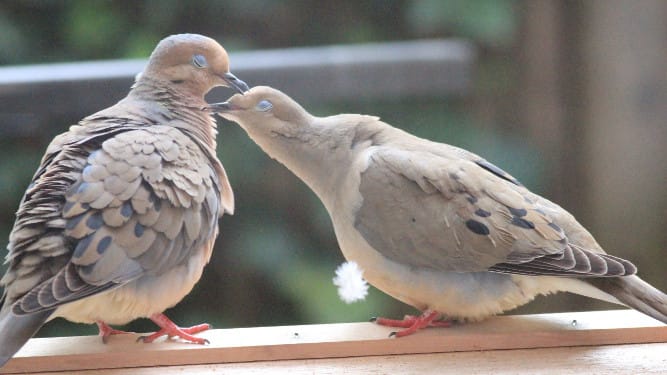
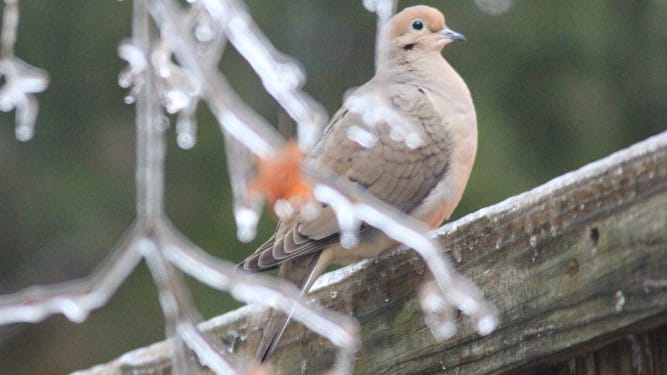
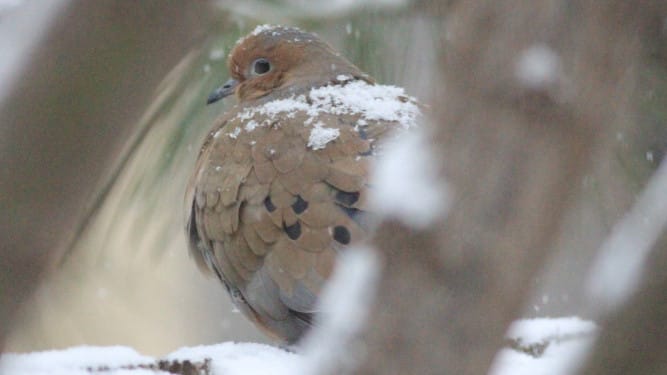
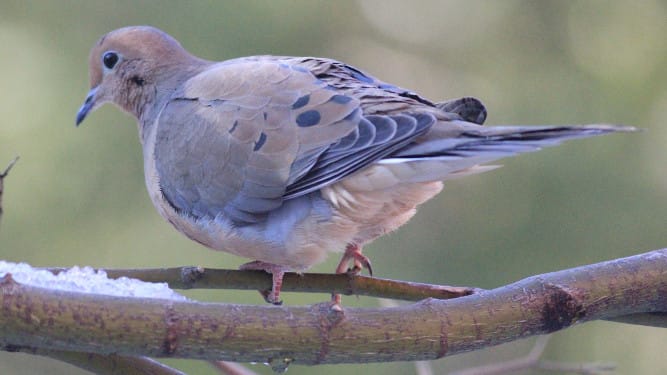
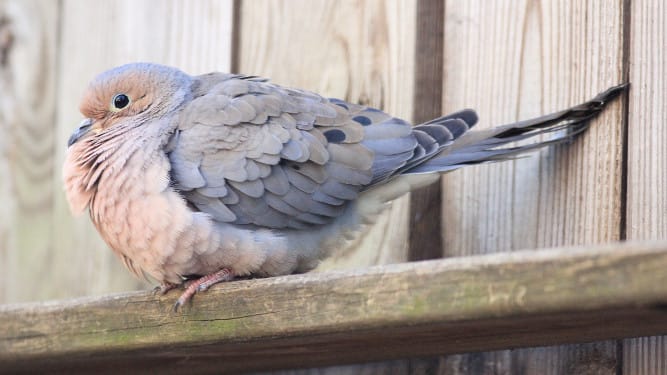
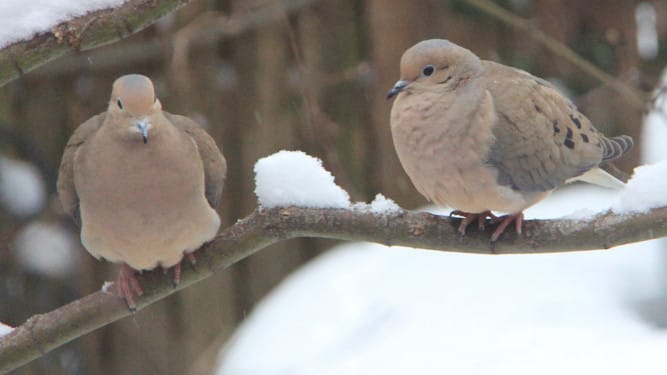
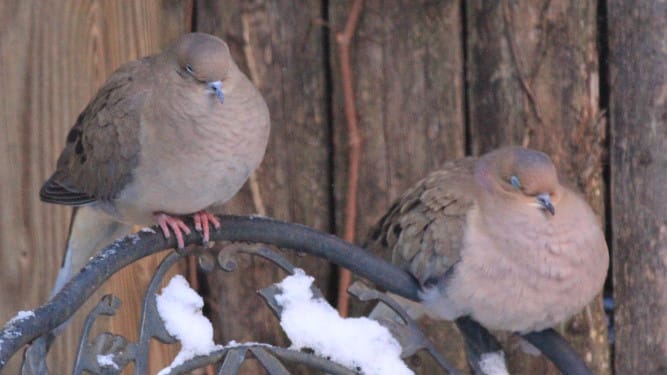
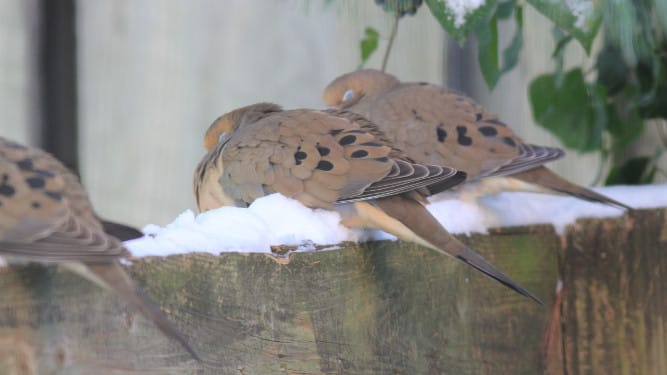
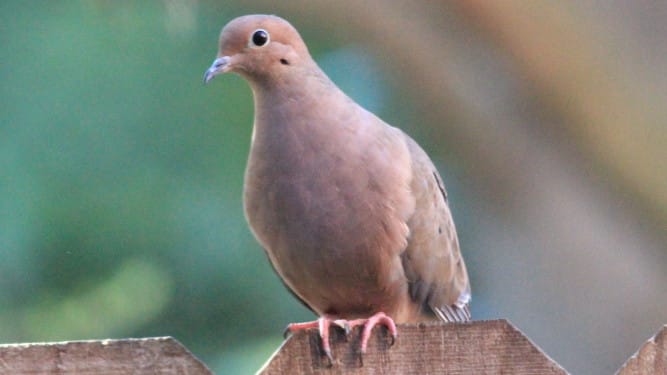
Northern Cardinals
The northern cardinal is the official state bird of Virginia, West Virginia, and several other nearby states. Maryland has the Baltimore oriole. Fleet Street, however, must not have gotten the memo. The neighborhood has long been the home to a pair of cardinals: a bright red male and a grayish female. Orioles, on the other hand, very rarely make an appearance. Here is a carousel of cardinals spotted between Cornhill and Fleet.
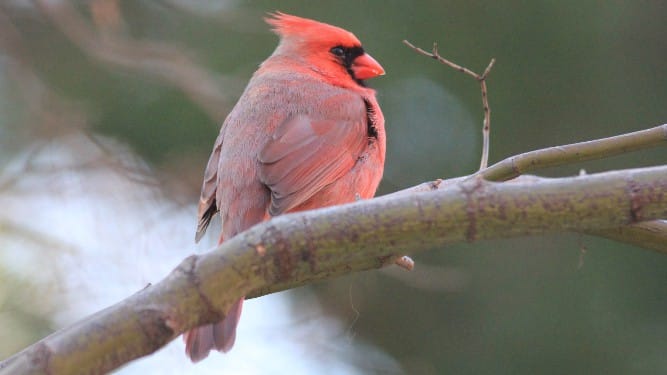
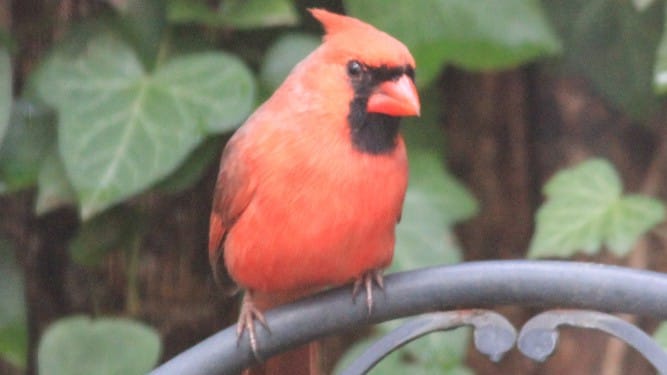
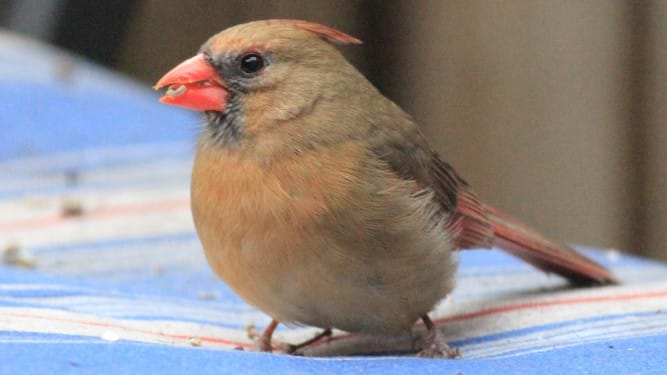
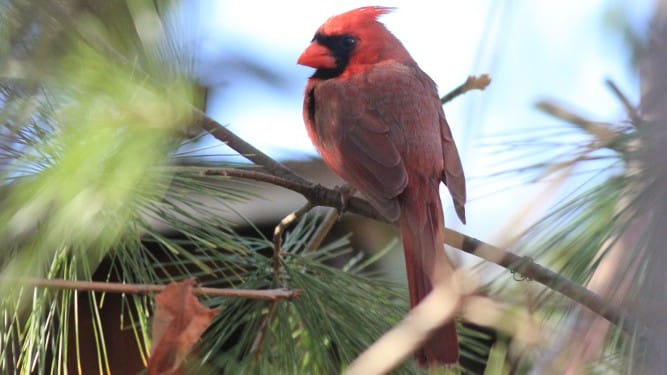
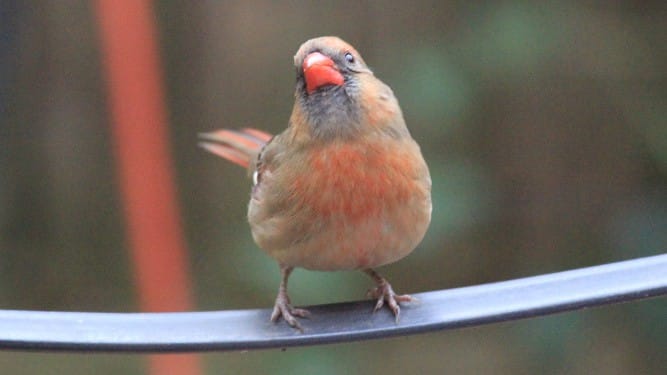
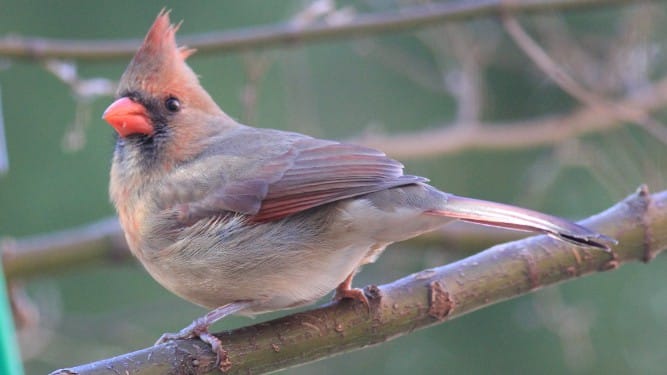
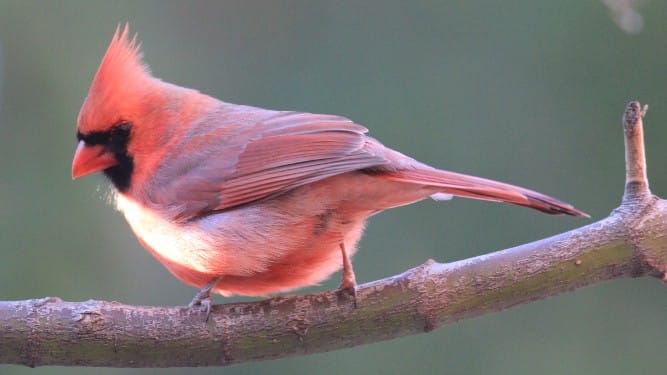
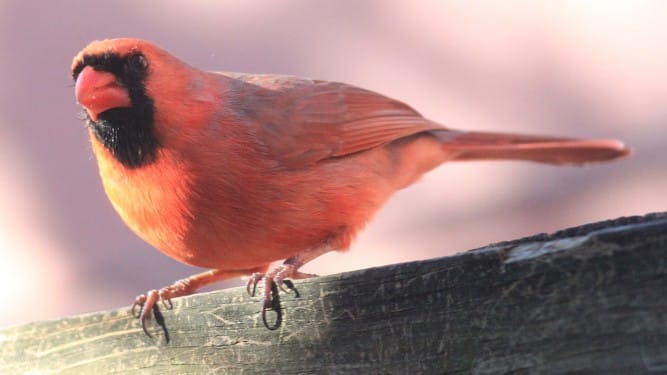
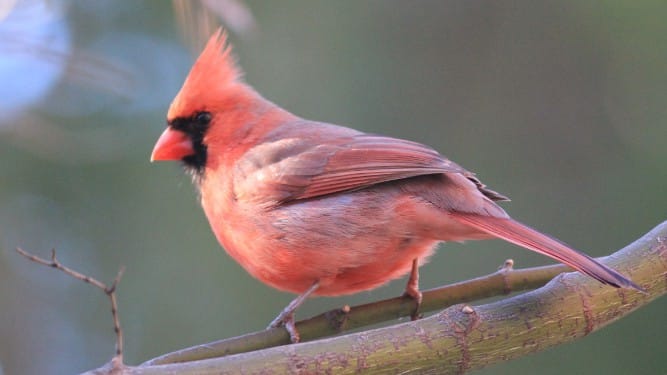
Song Sparrows
Song sparrows are welcome visitors throughout the year. Some of their songs are recorded here.
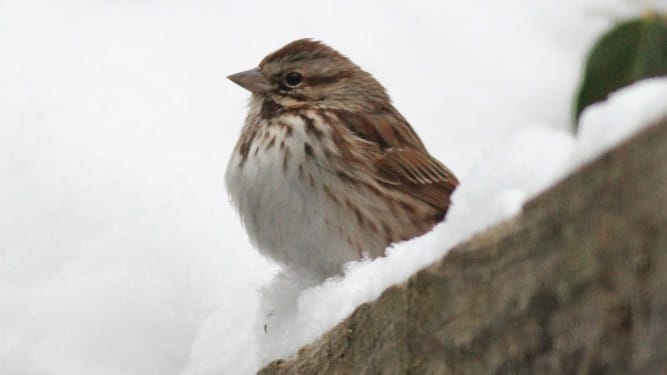
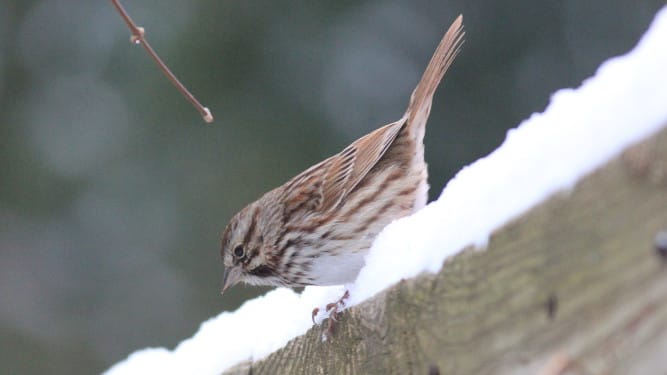
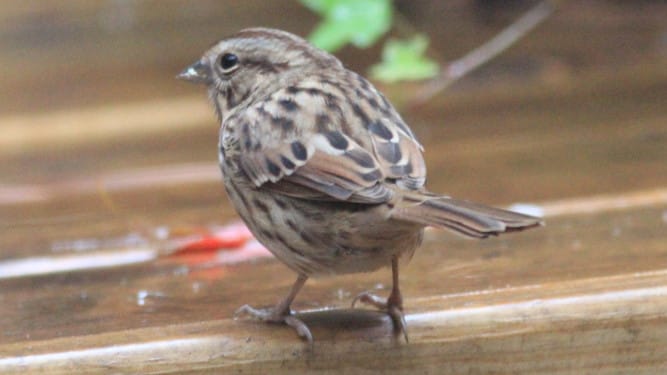
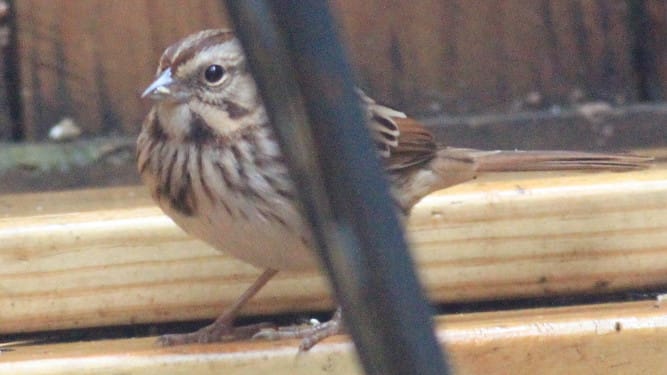
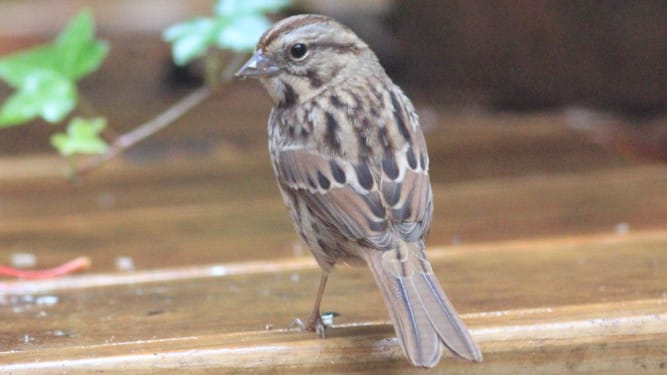
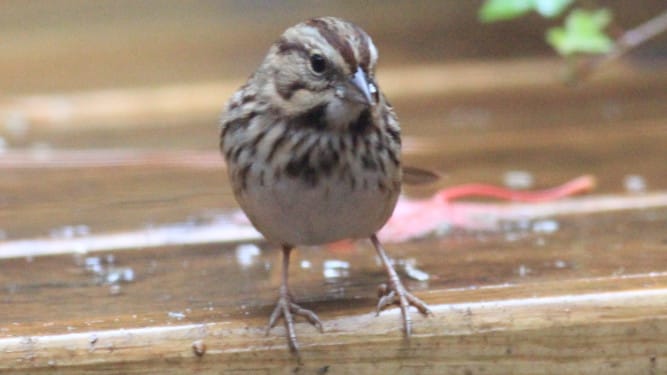
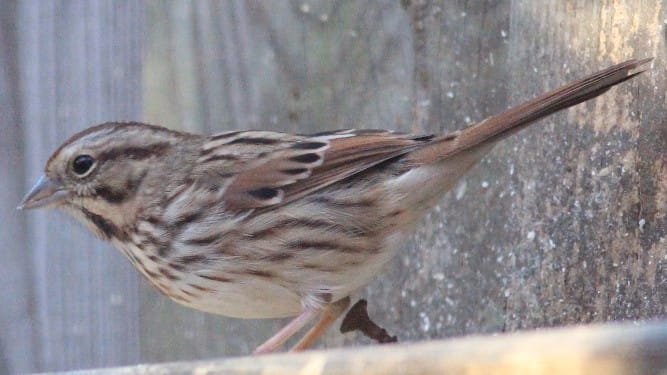
Tufted Titmice
The silvery gray tufted titmouse, with its unmistakable brushy crest, is a frequent visitor to the neighborhood. Unfortunately titmice don't stay long. Turn your gaze in another direction for just a second and they're gone. They seem to hang with chickadees, so if you see one, just wait minute or two and the other may show up too.
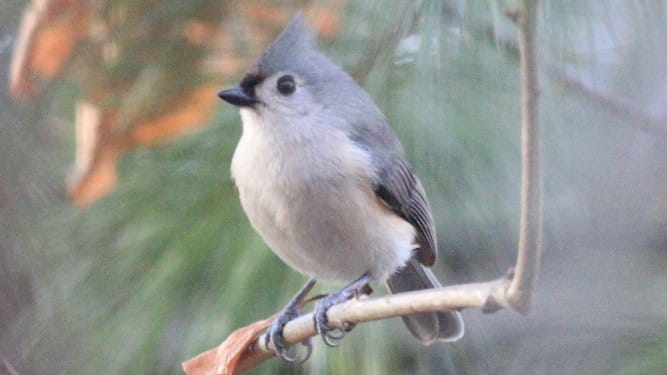
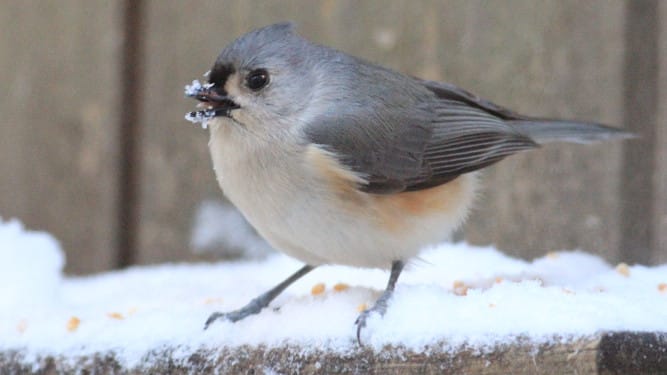
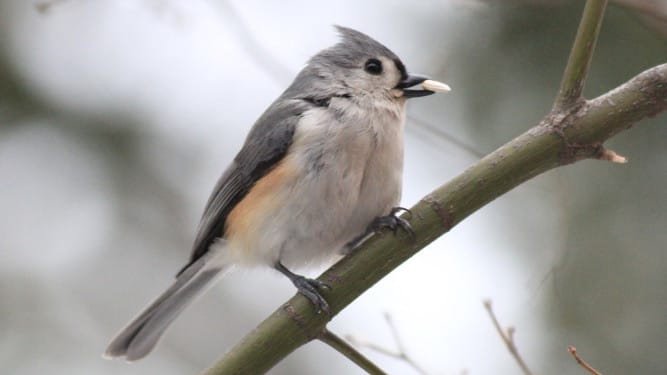
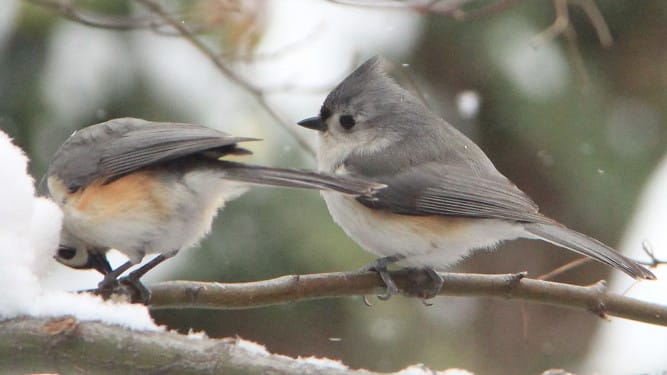
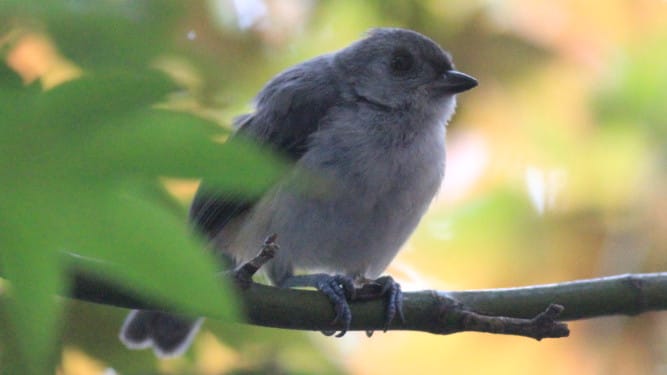
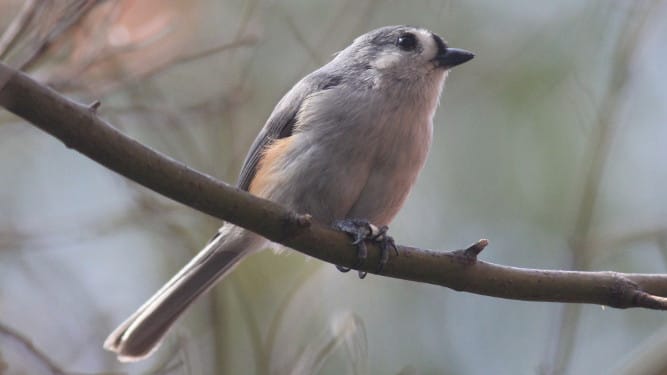
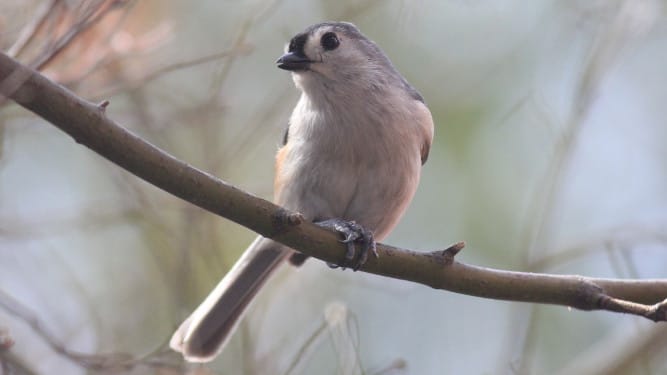
White Throated Sparrows
White throated sparrows are winter residents, with the same snow vacation schedule as juncos. They have two color schemes: white-crowned and tan-crowned.
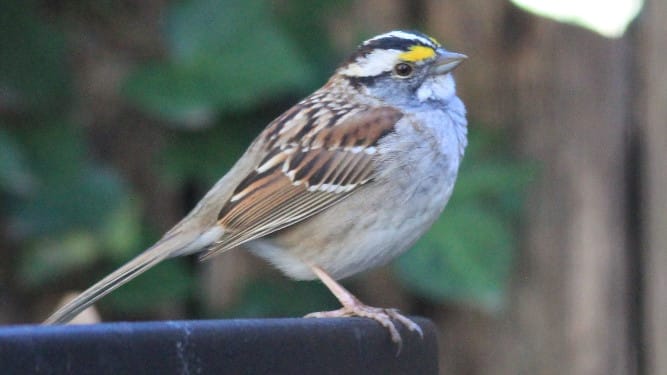
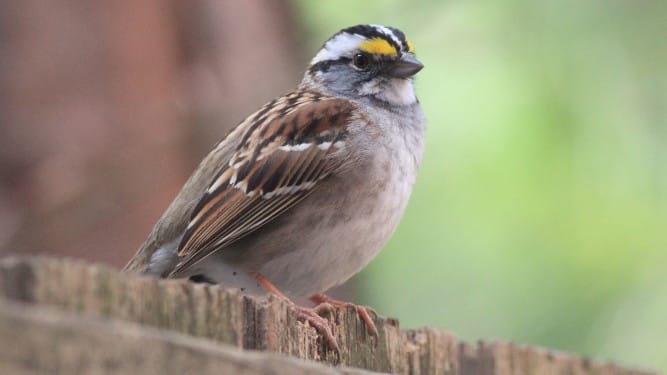
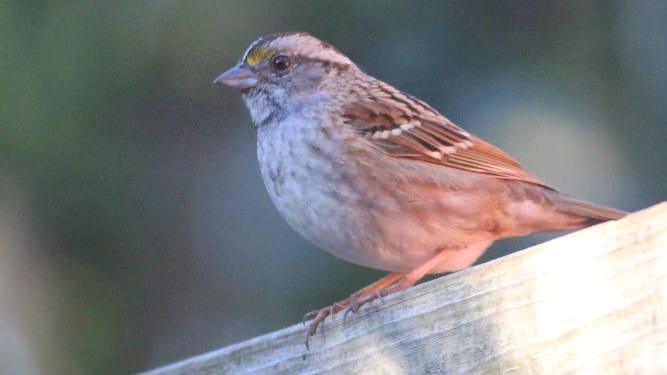
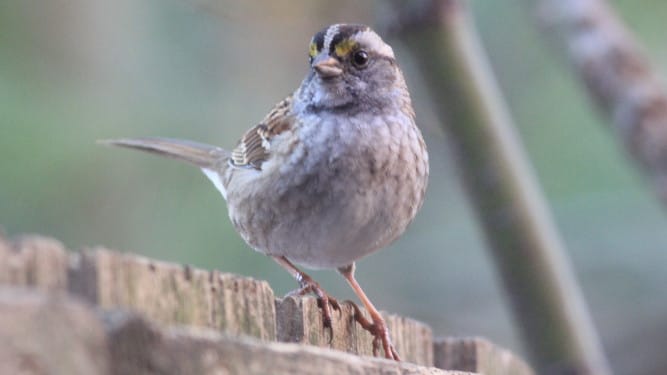
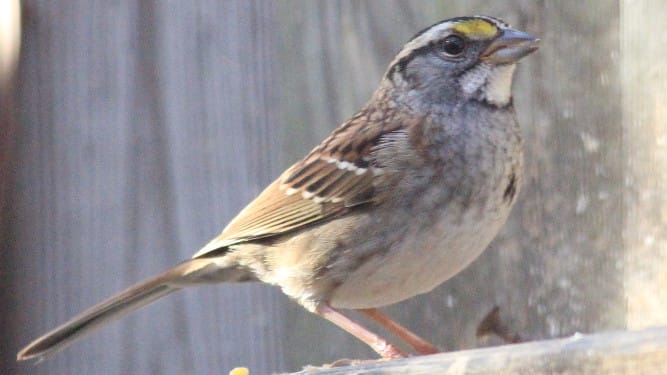
Eastern Gray Squirrels
Squirrels are obviously not birds, but they are abundant along Fleet Street and have a big impact on bird life. Their whimsically bold dashes along walls and fences are a significant challenge to bird tranquility. Even the smallest birds have no real fear of them. They just try to avoid their bungling behavior, because a squirrel can carelessly plough through an entire flock of resting birds at any moment. Maryland State Senator and long-time resident John Astle has a tip: if you want a squirrel to actually eat a peanut, instead of burying it in a neighbor's yard, remove the shell before offering it to the furry moocher.
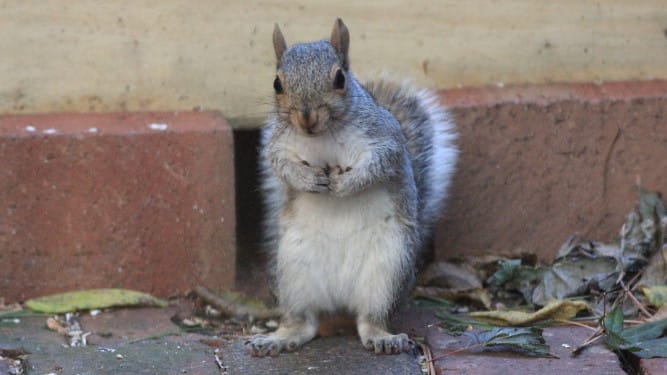
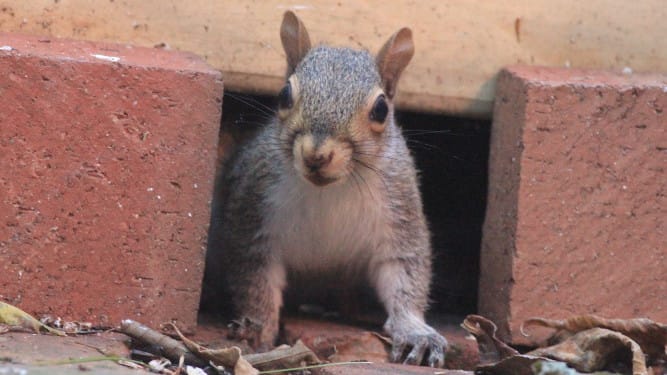
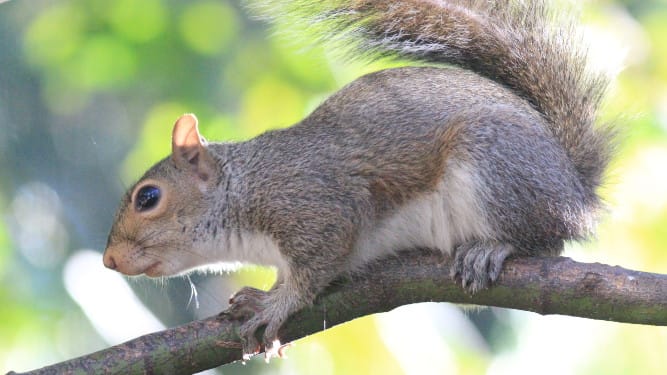
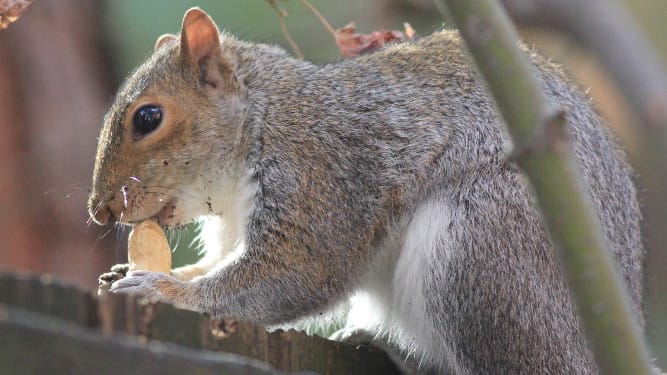
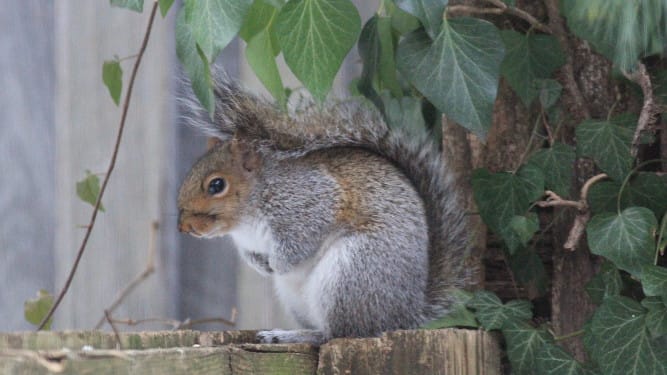
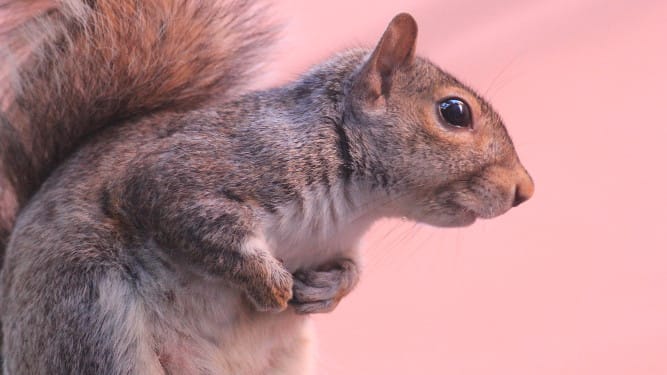
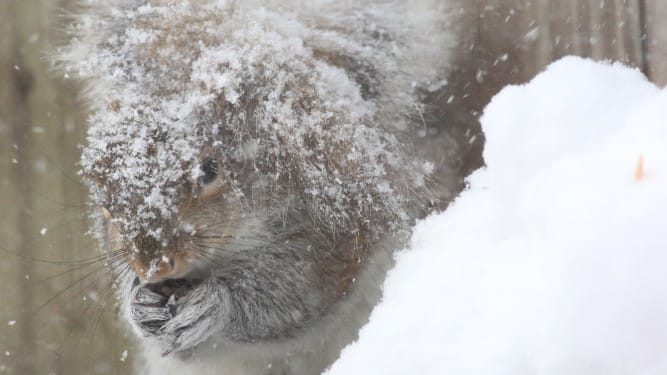
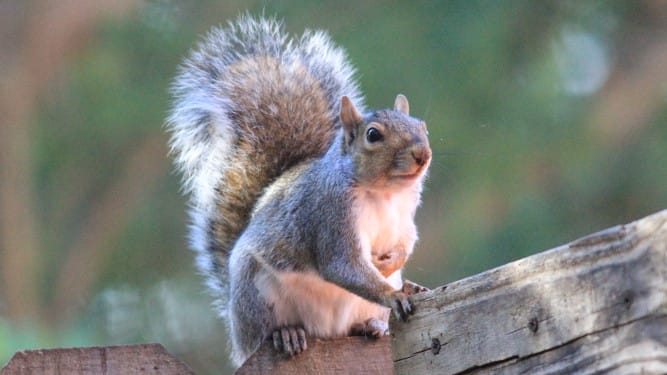
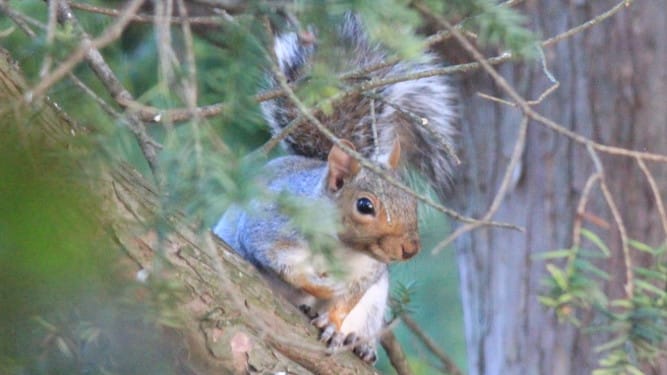
Black Squirrels
Black squirrels are actually dark-colored (melanic) variants of eastern gray squirrels, and do not represent a separate species. They are very rarely seen in Annapolis, however, and thus draw immediate attention during their momentary presence. Here are a few lucky photographs.
